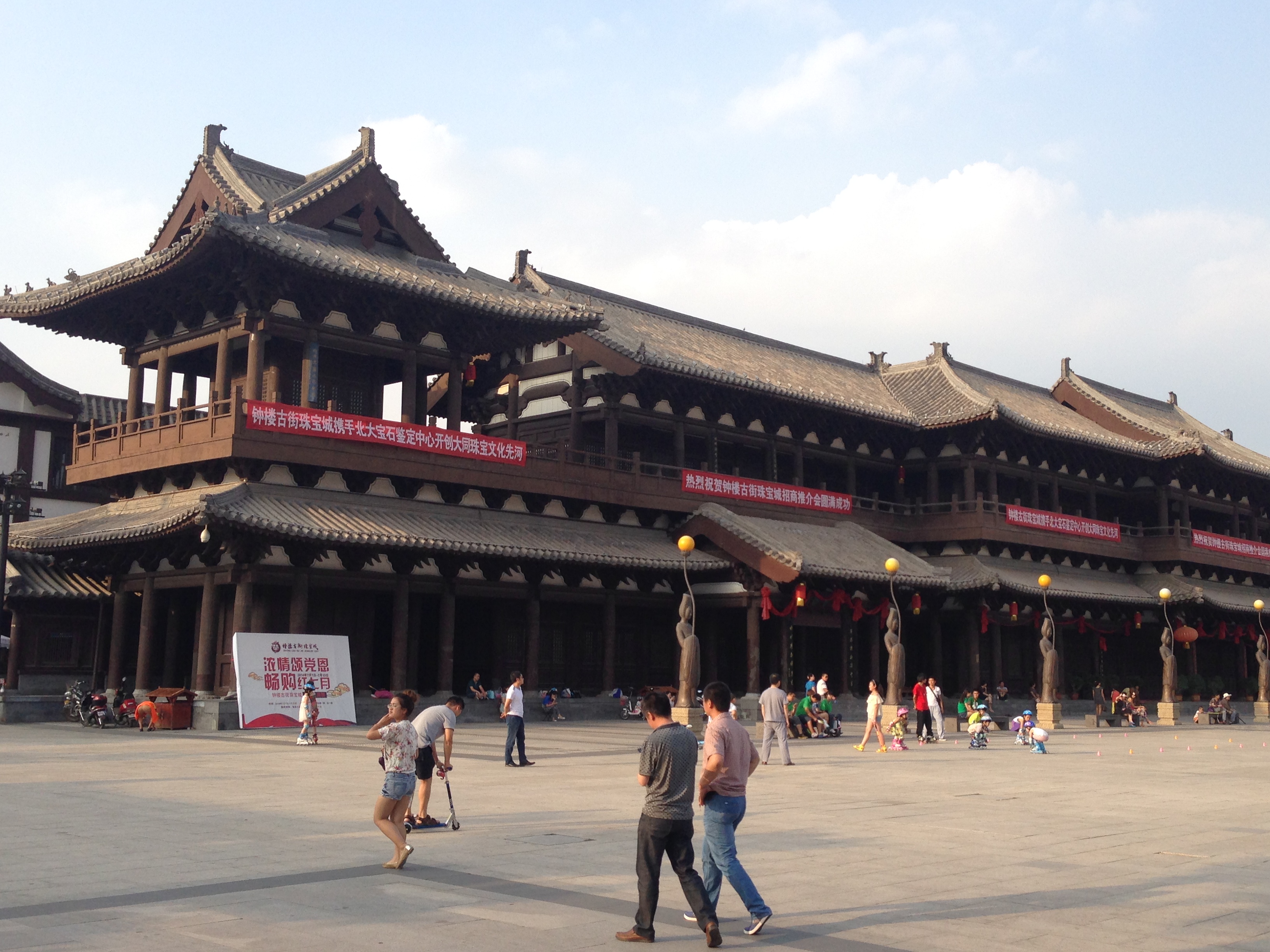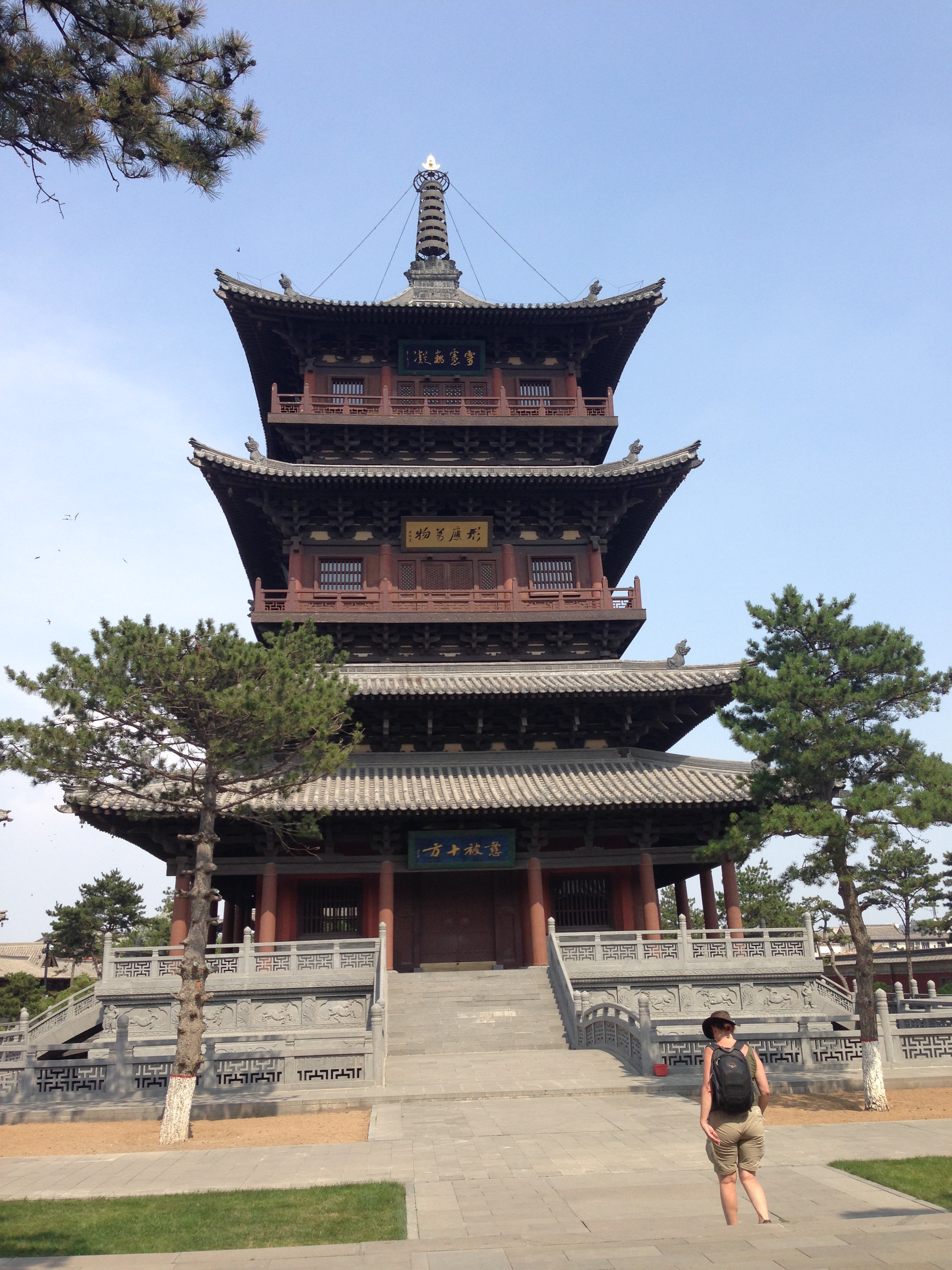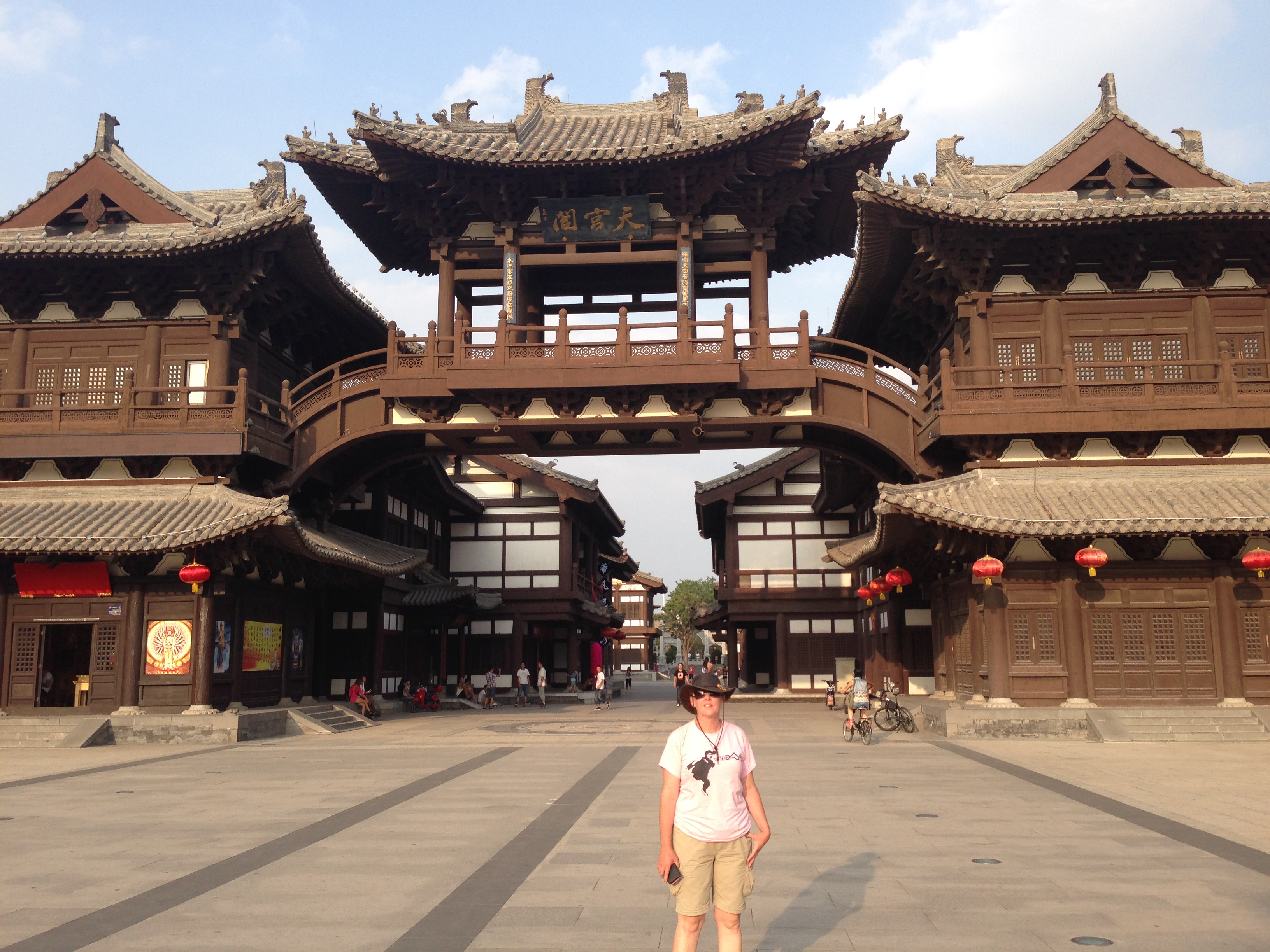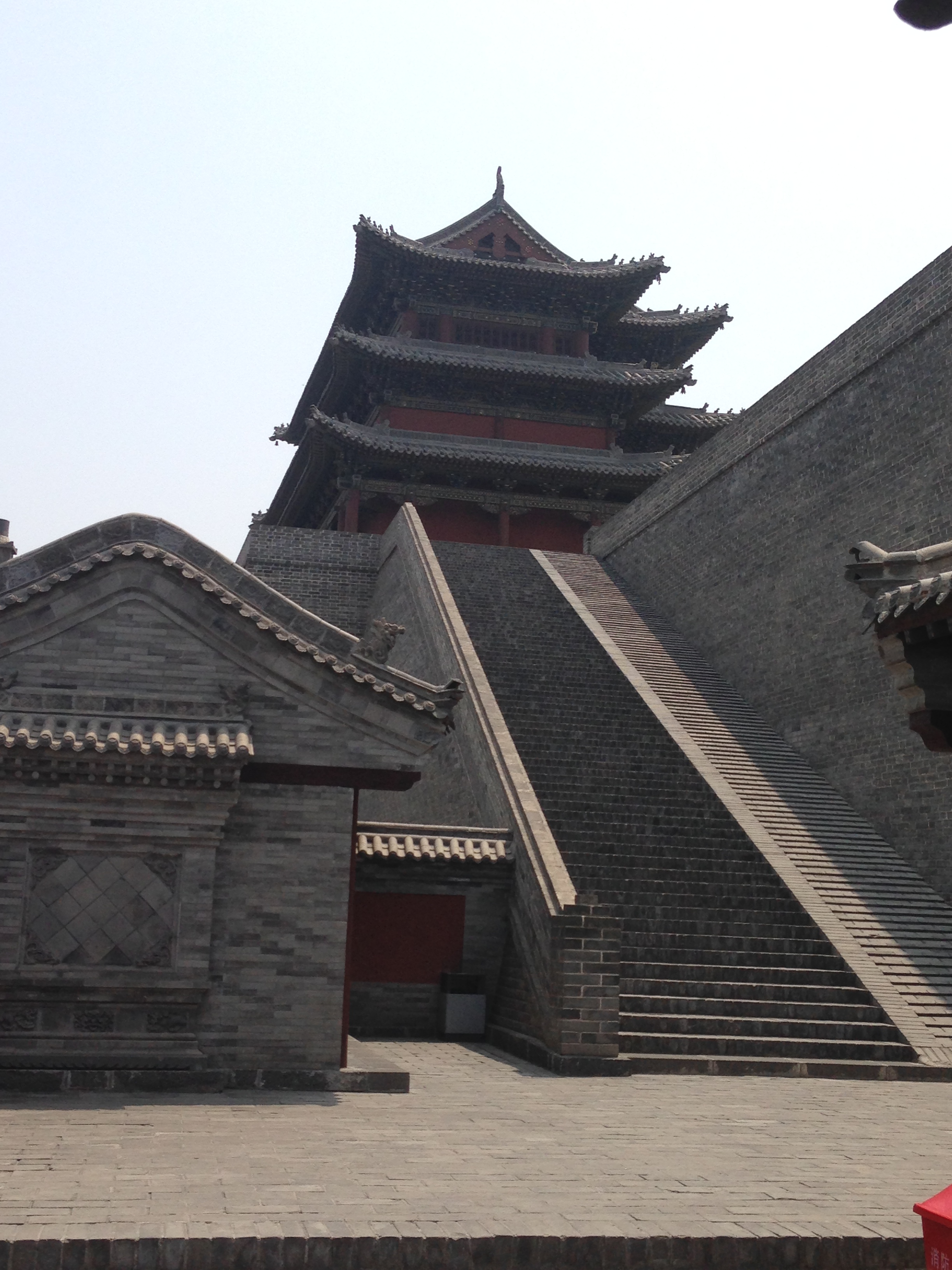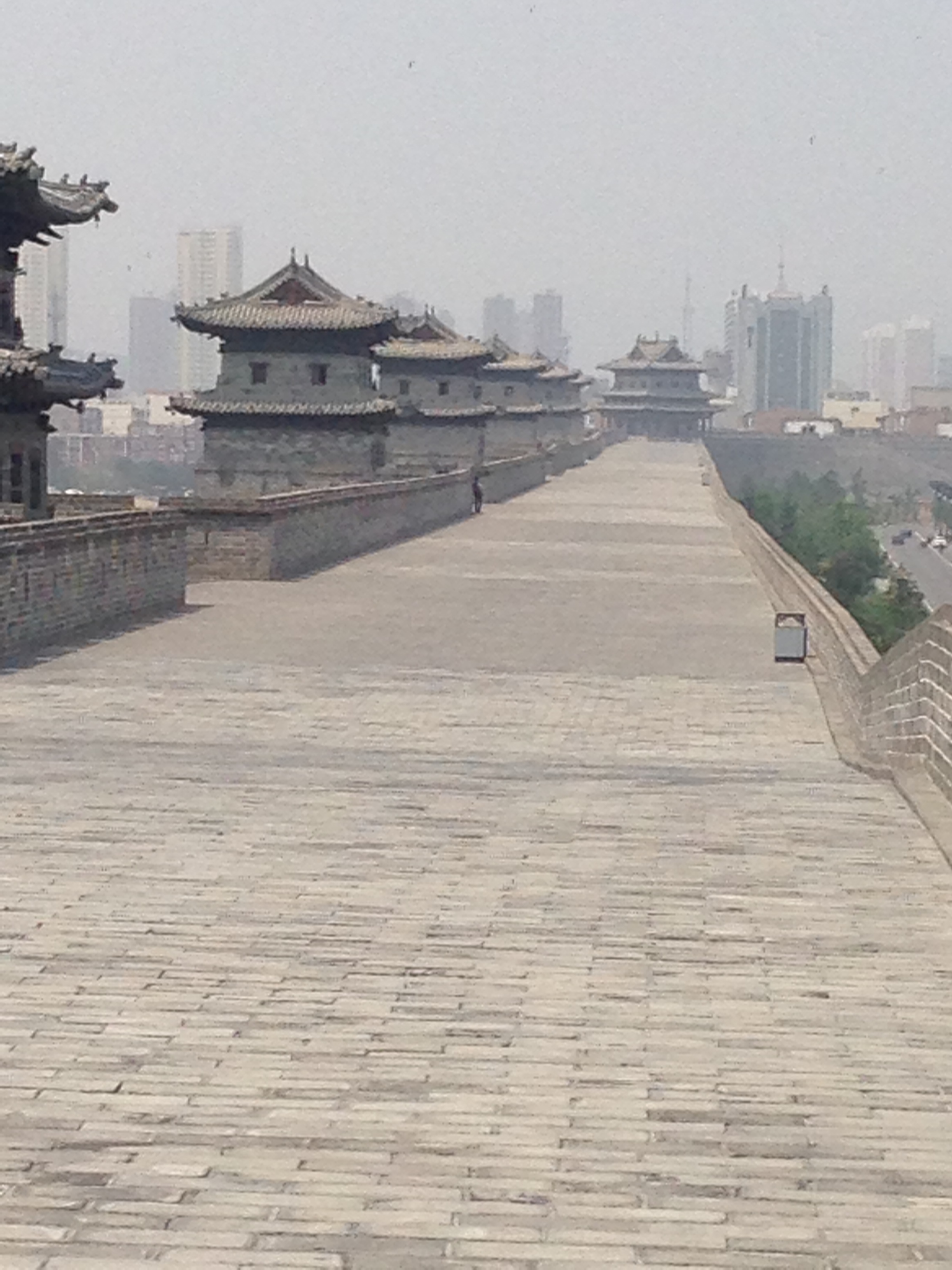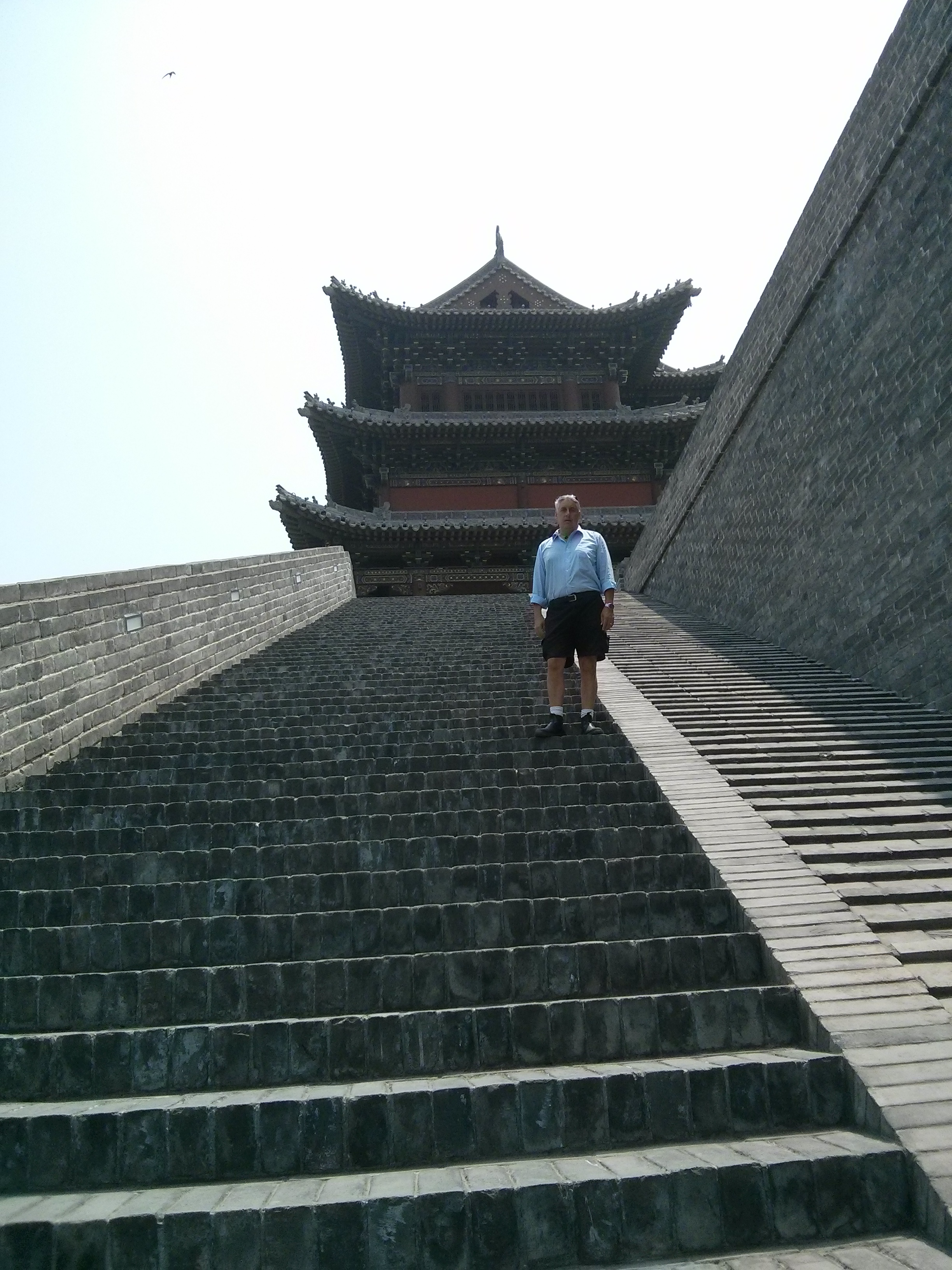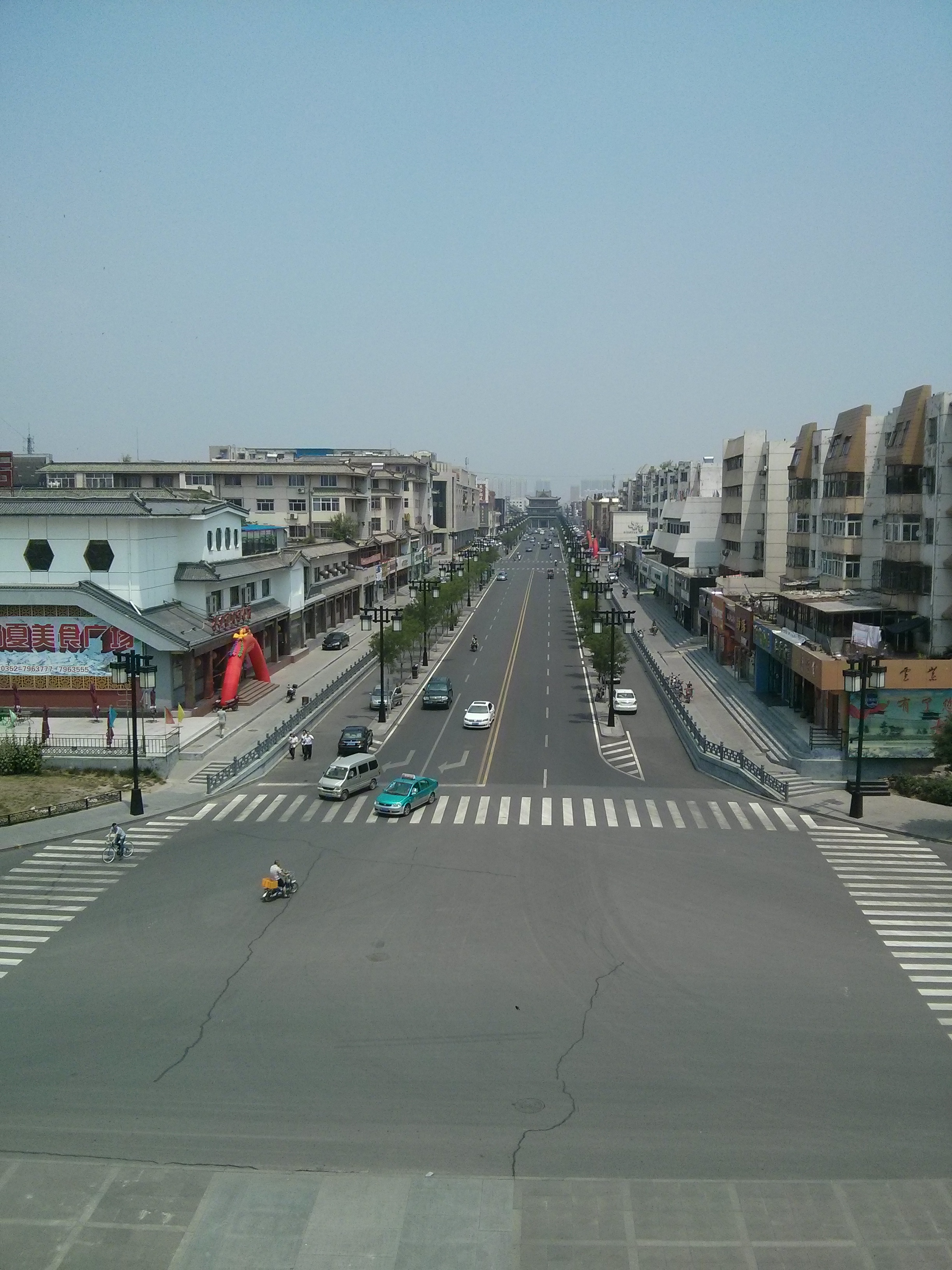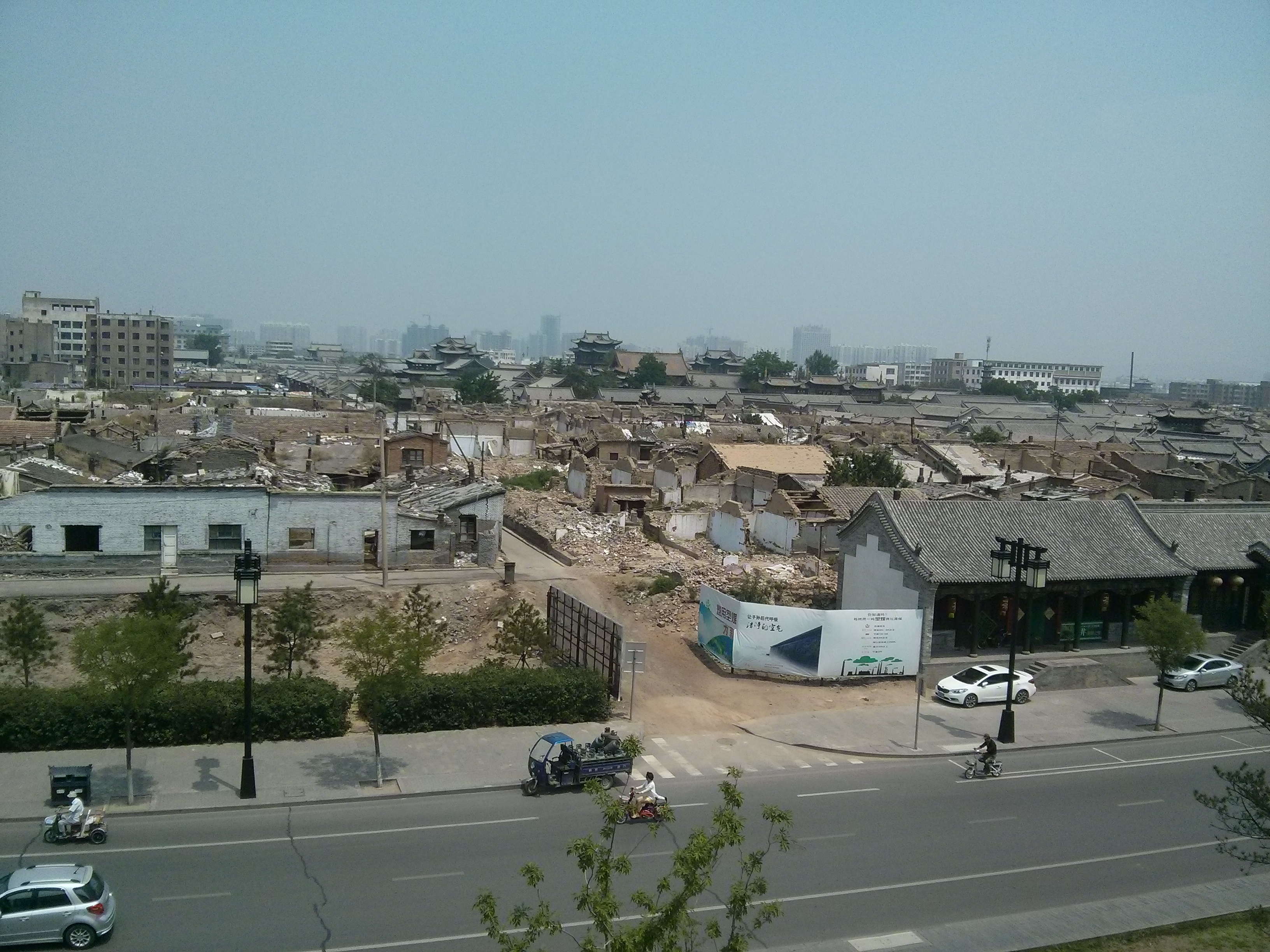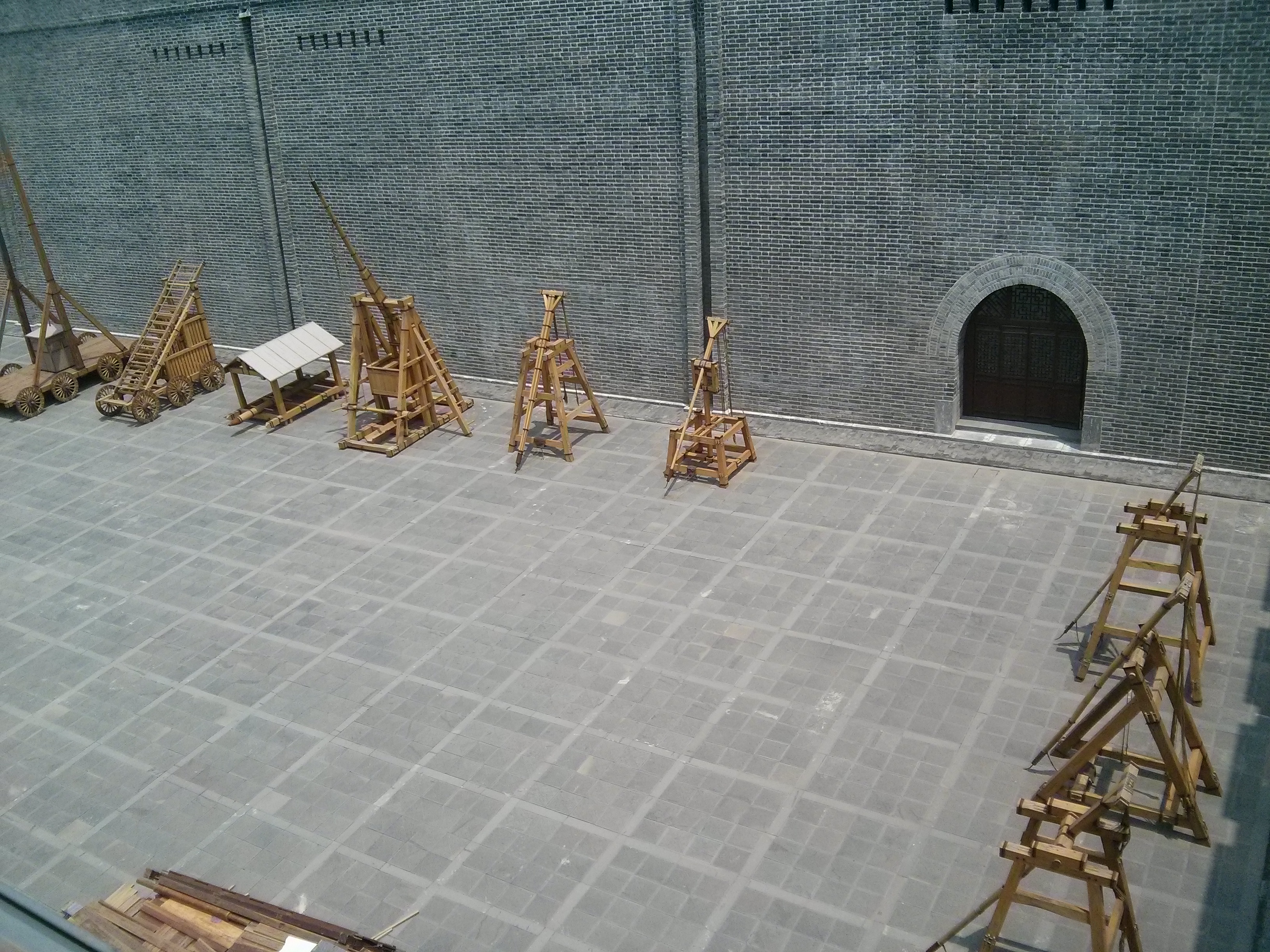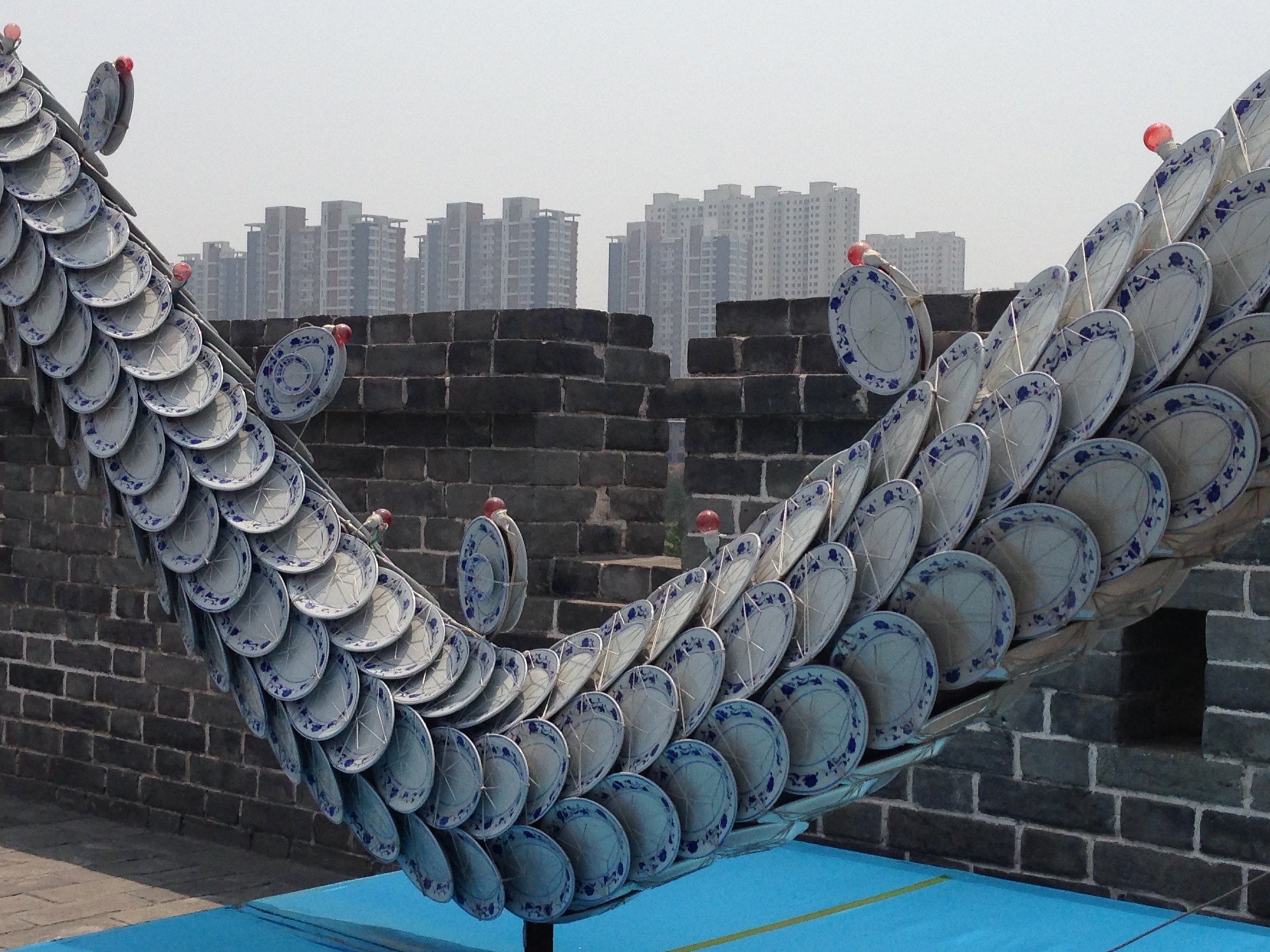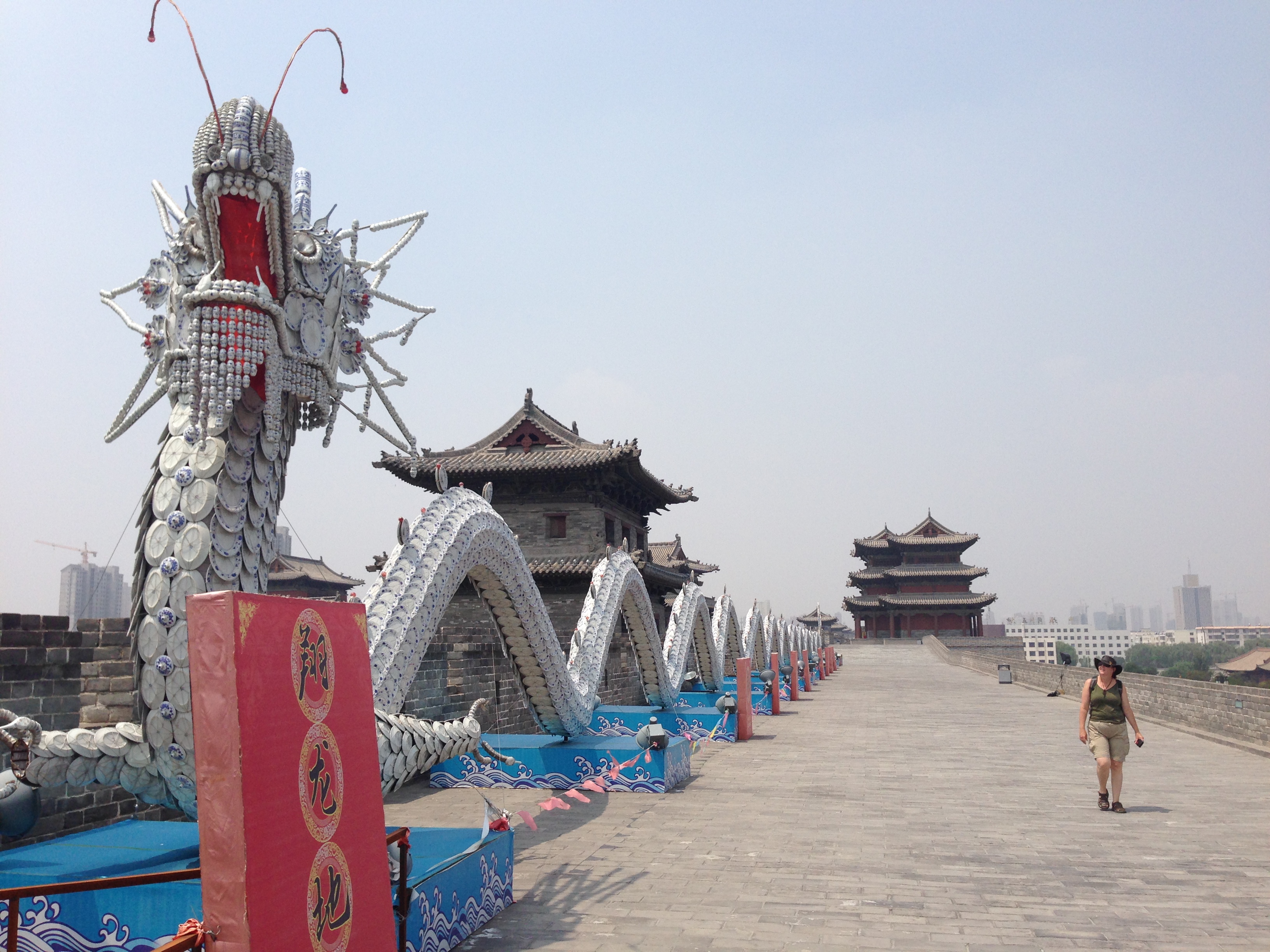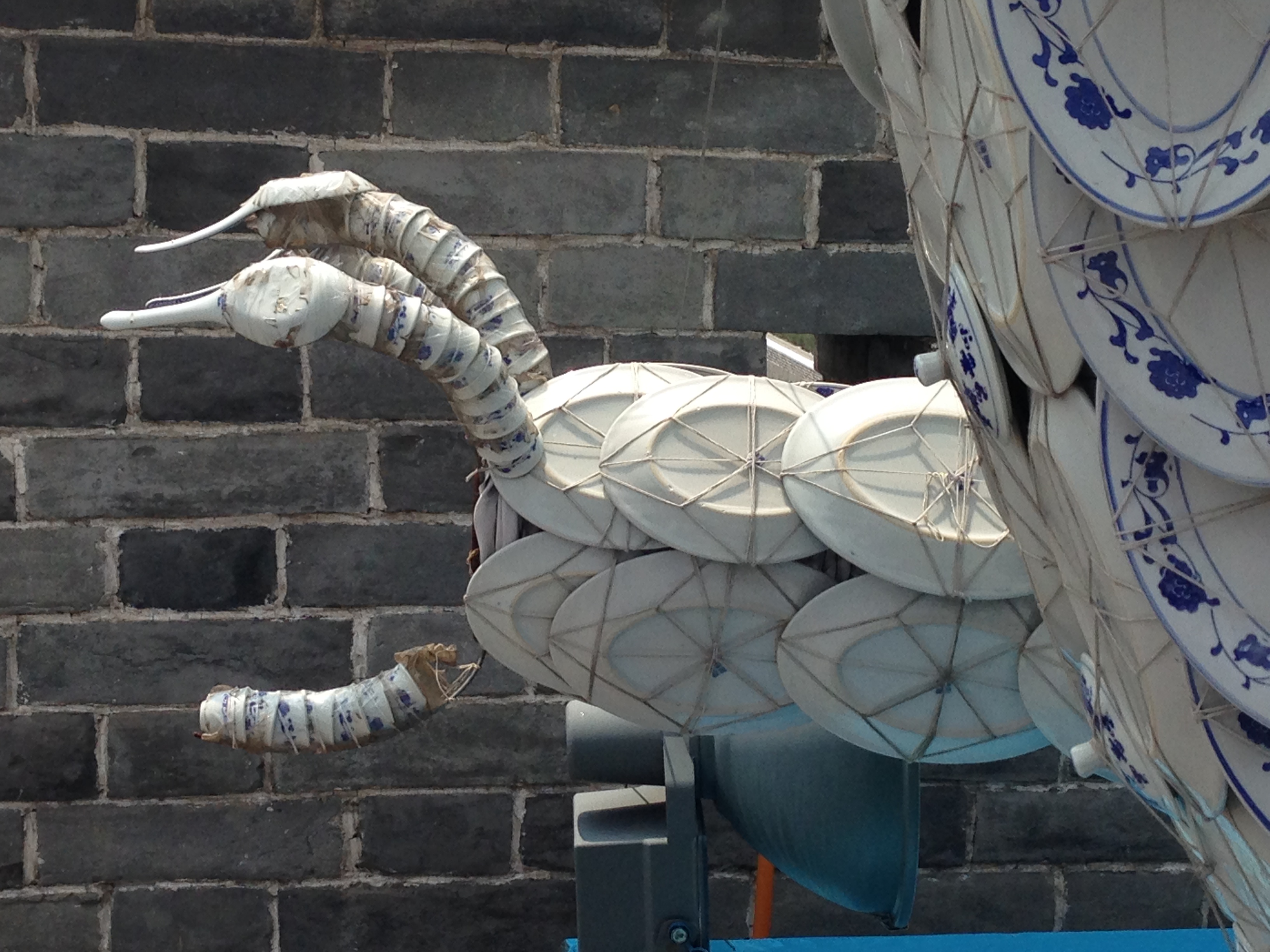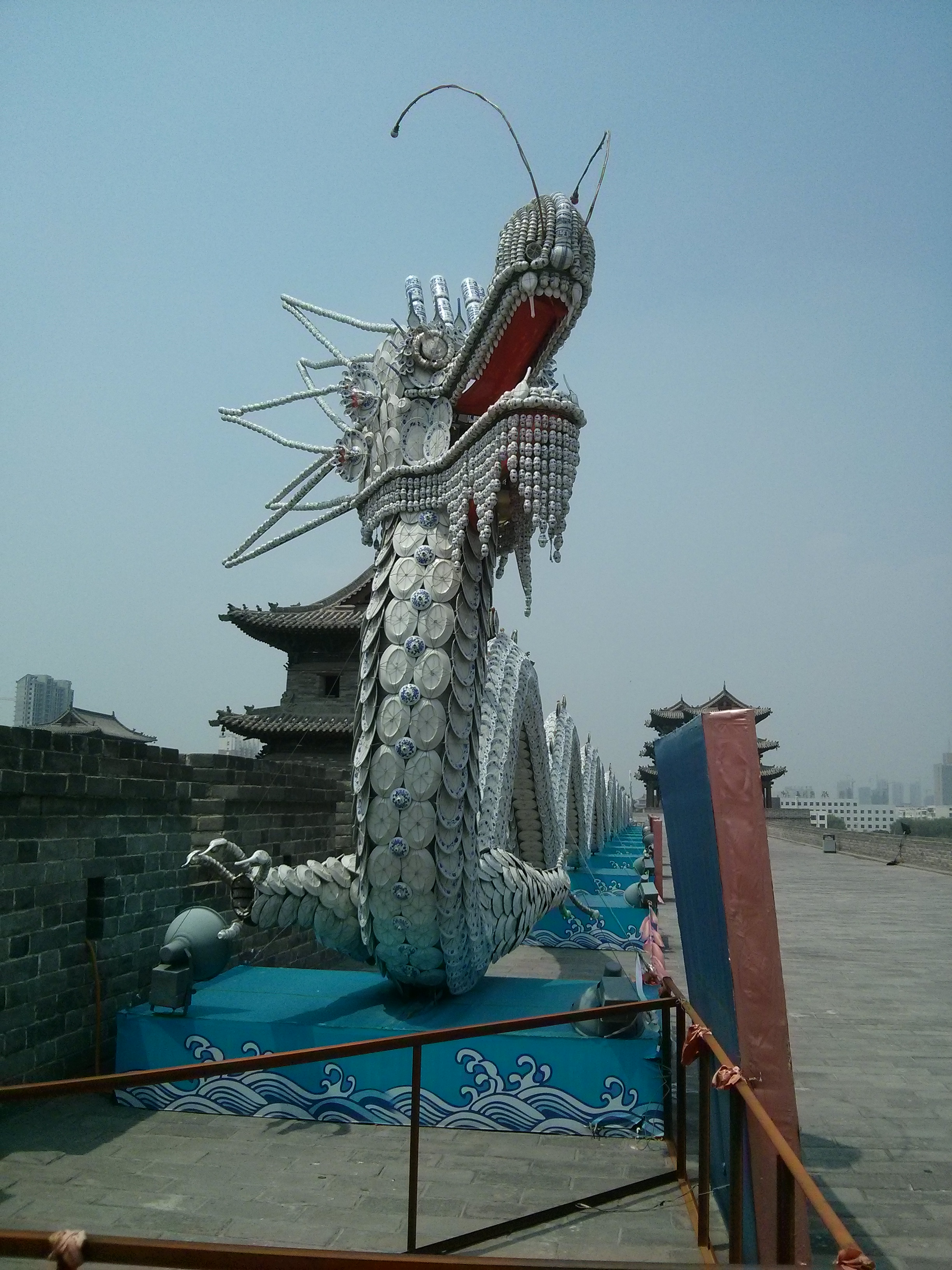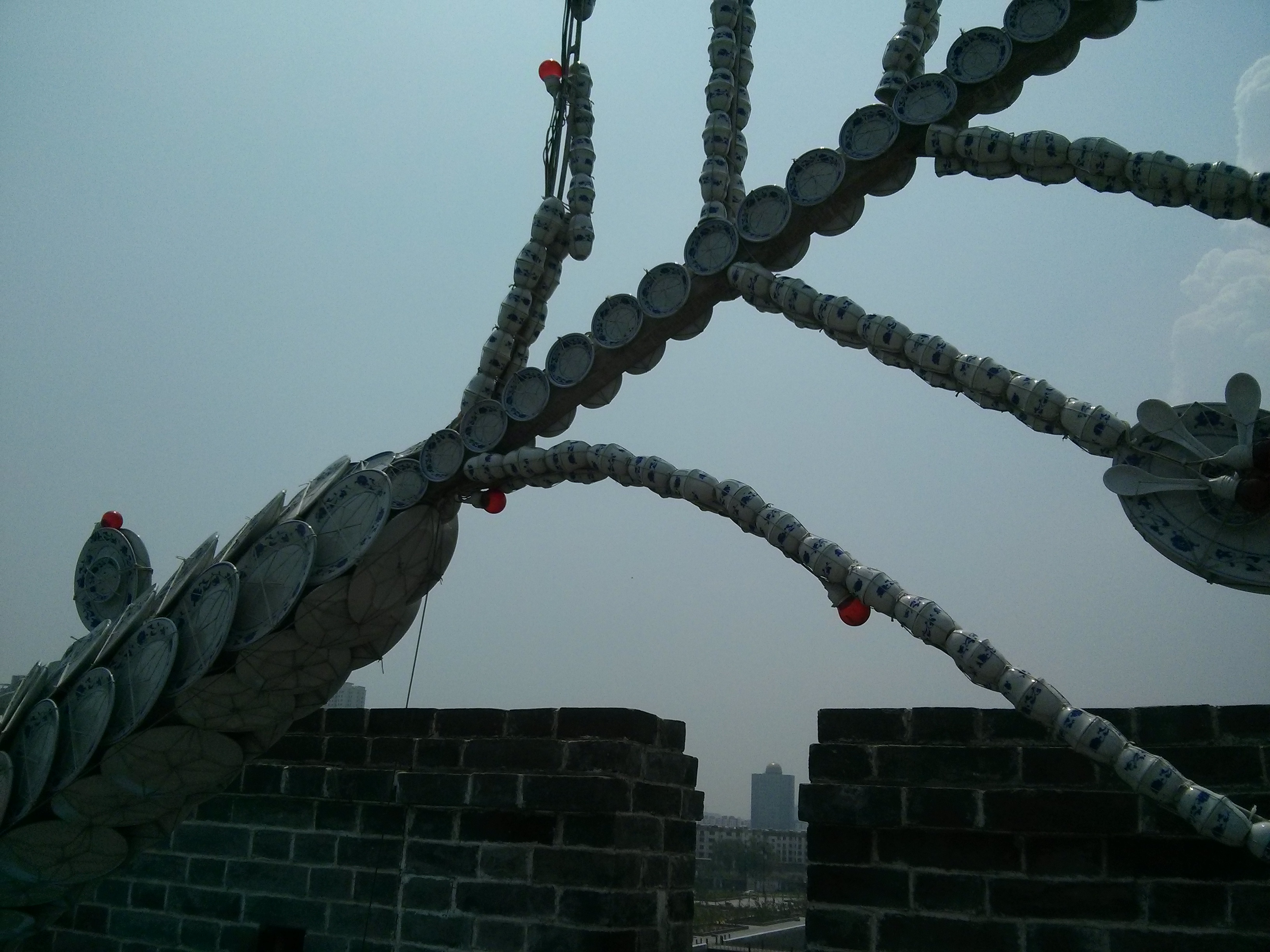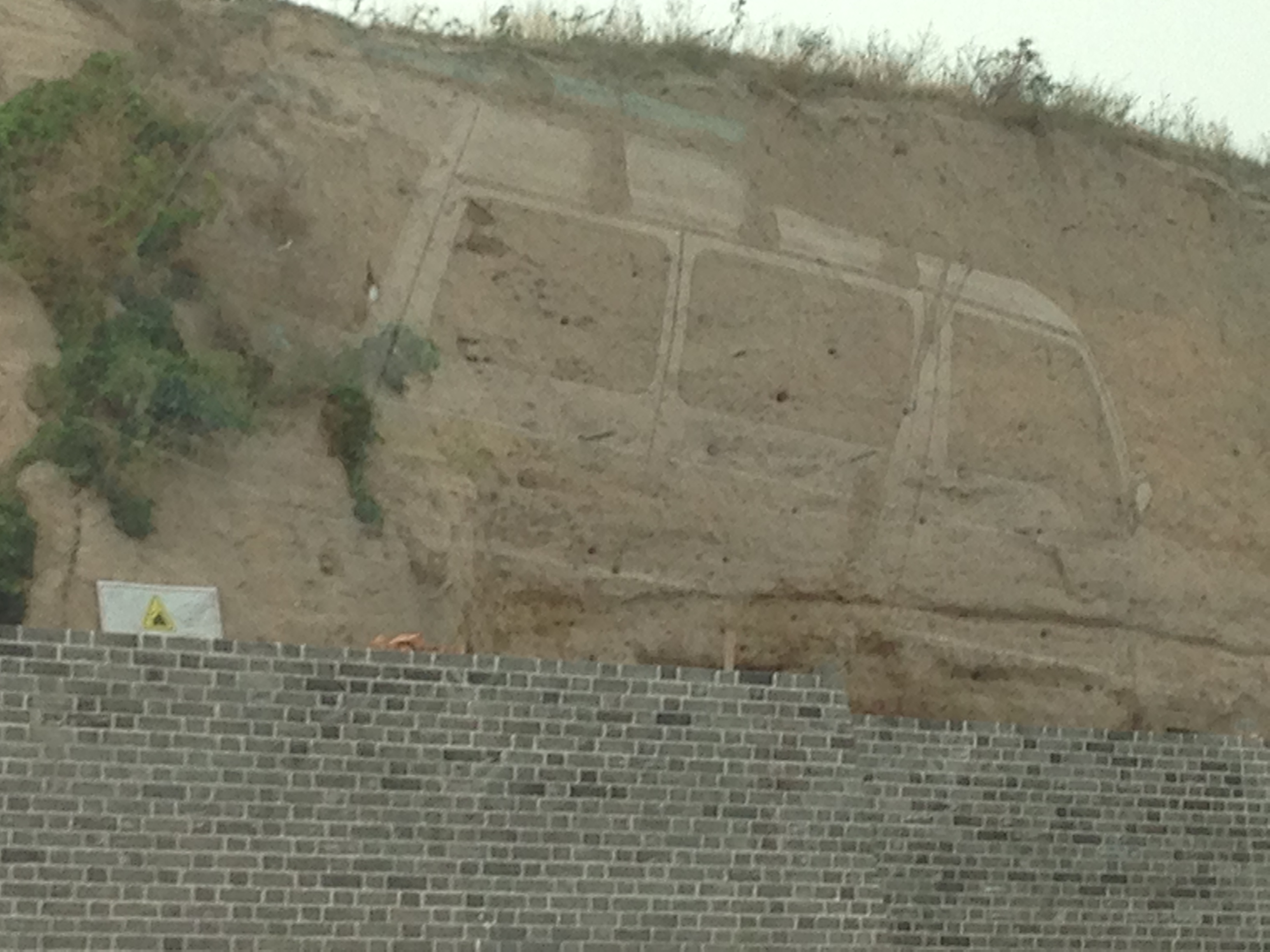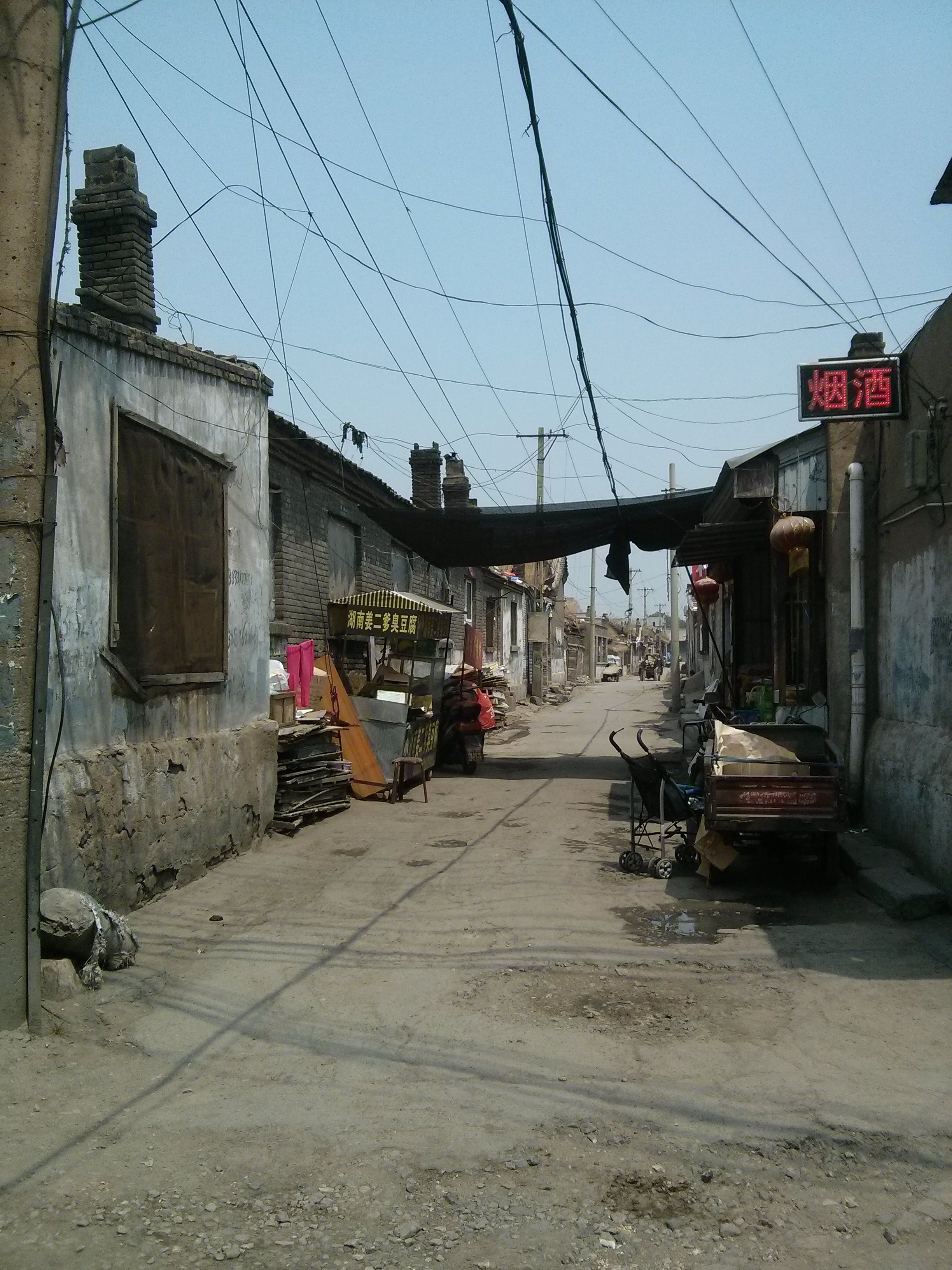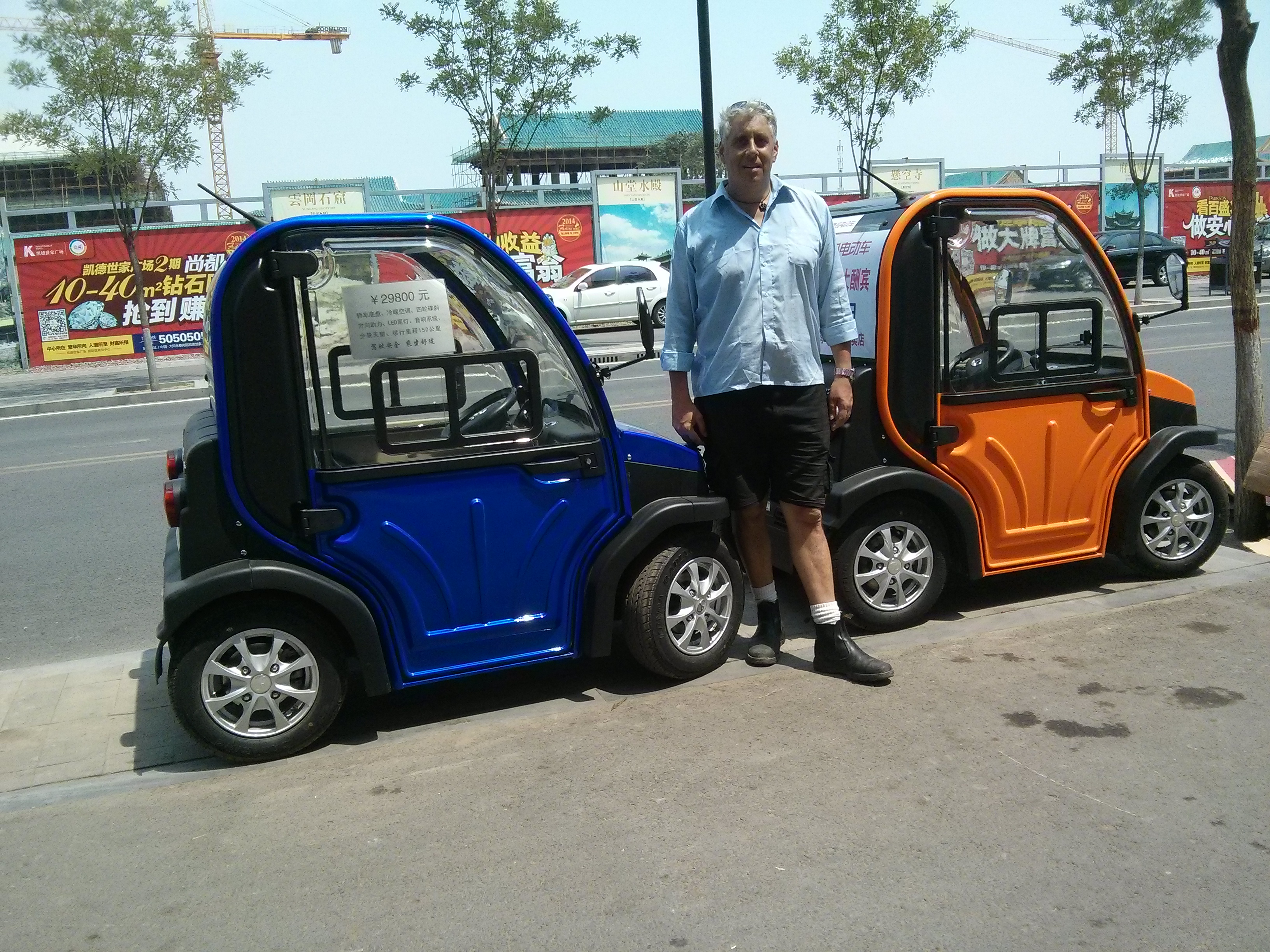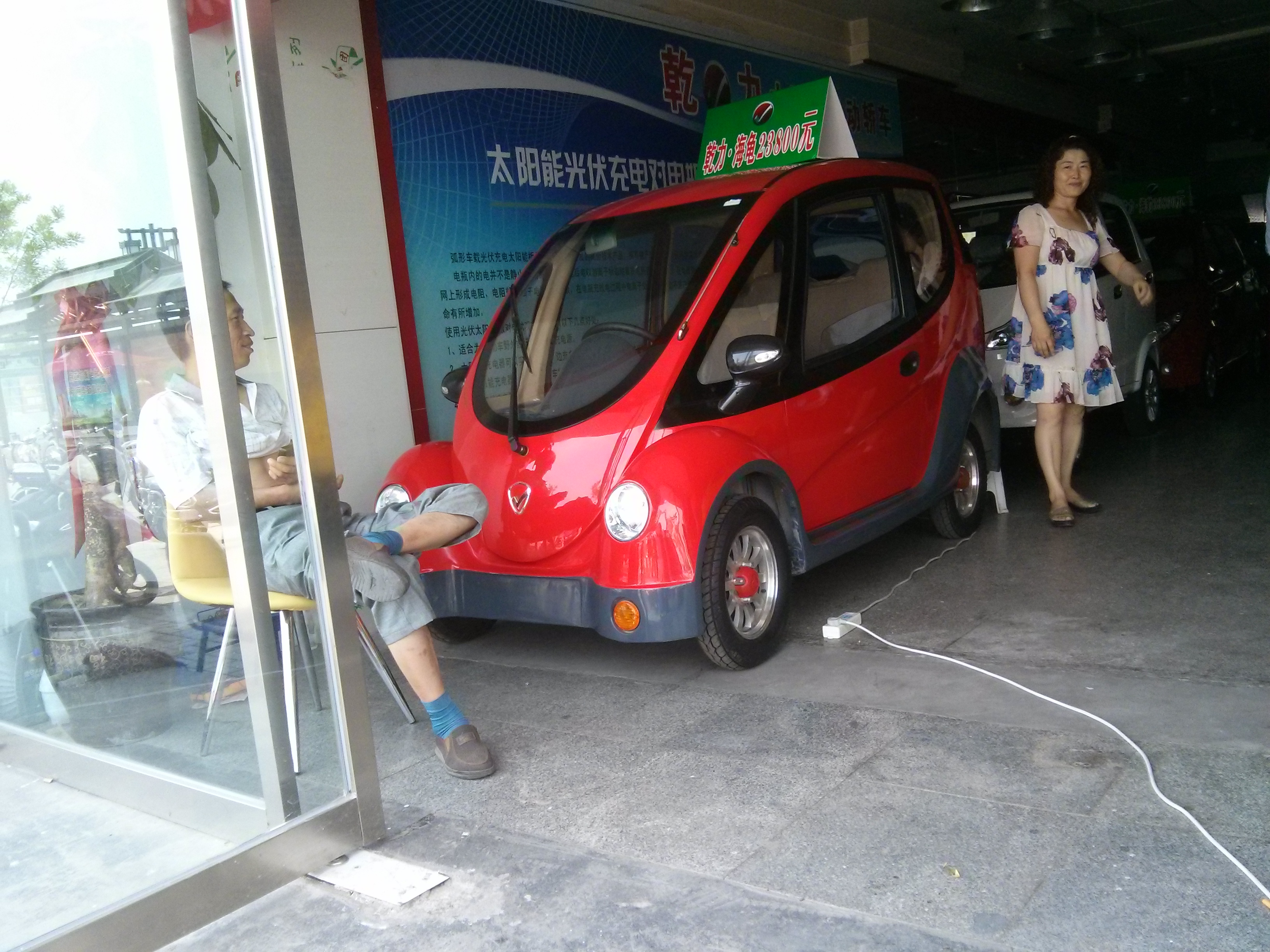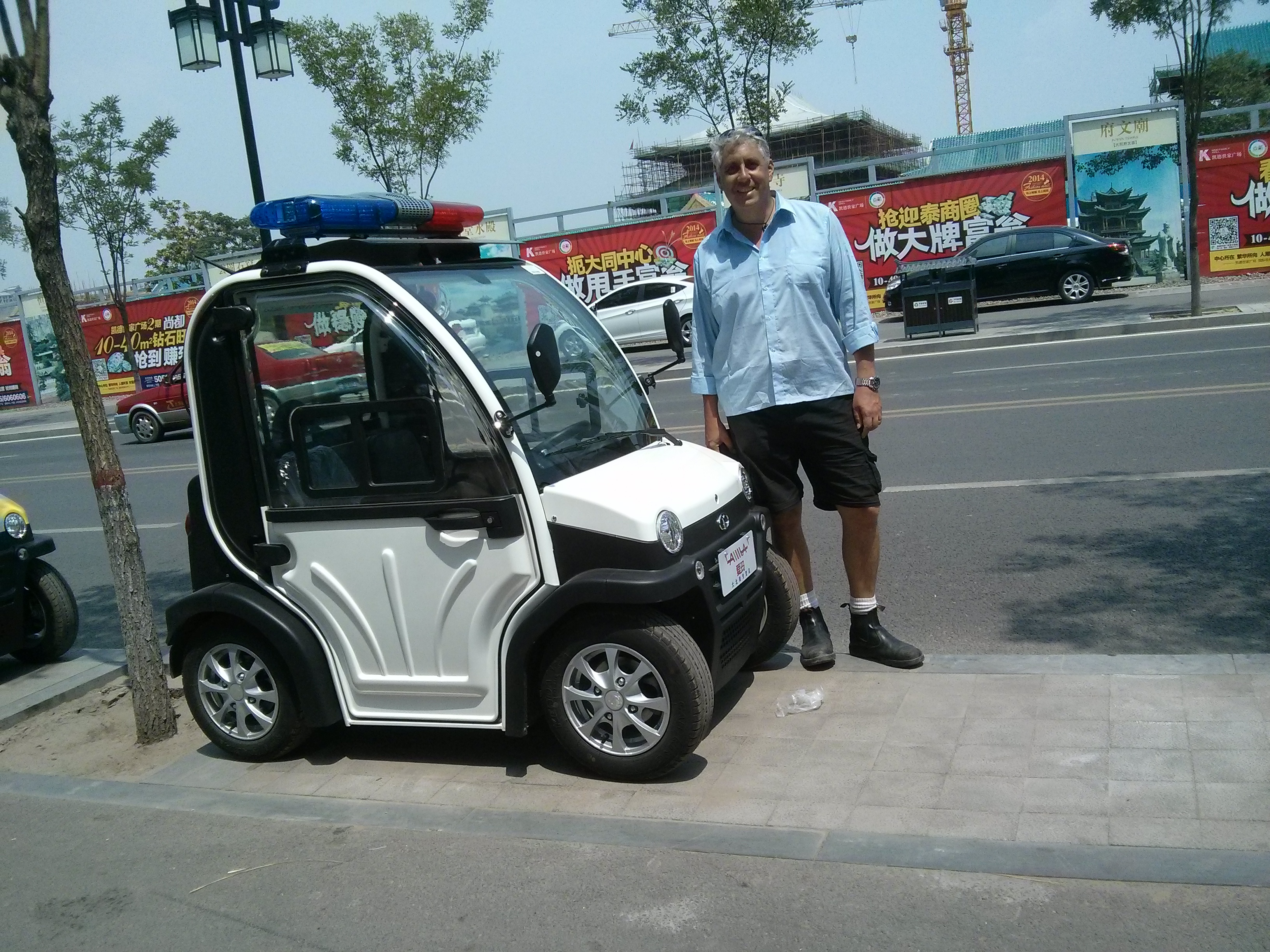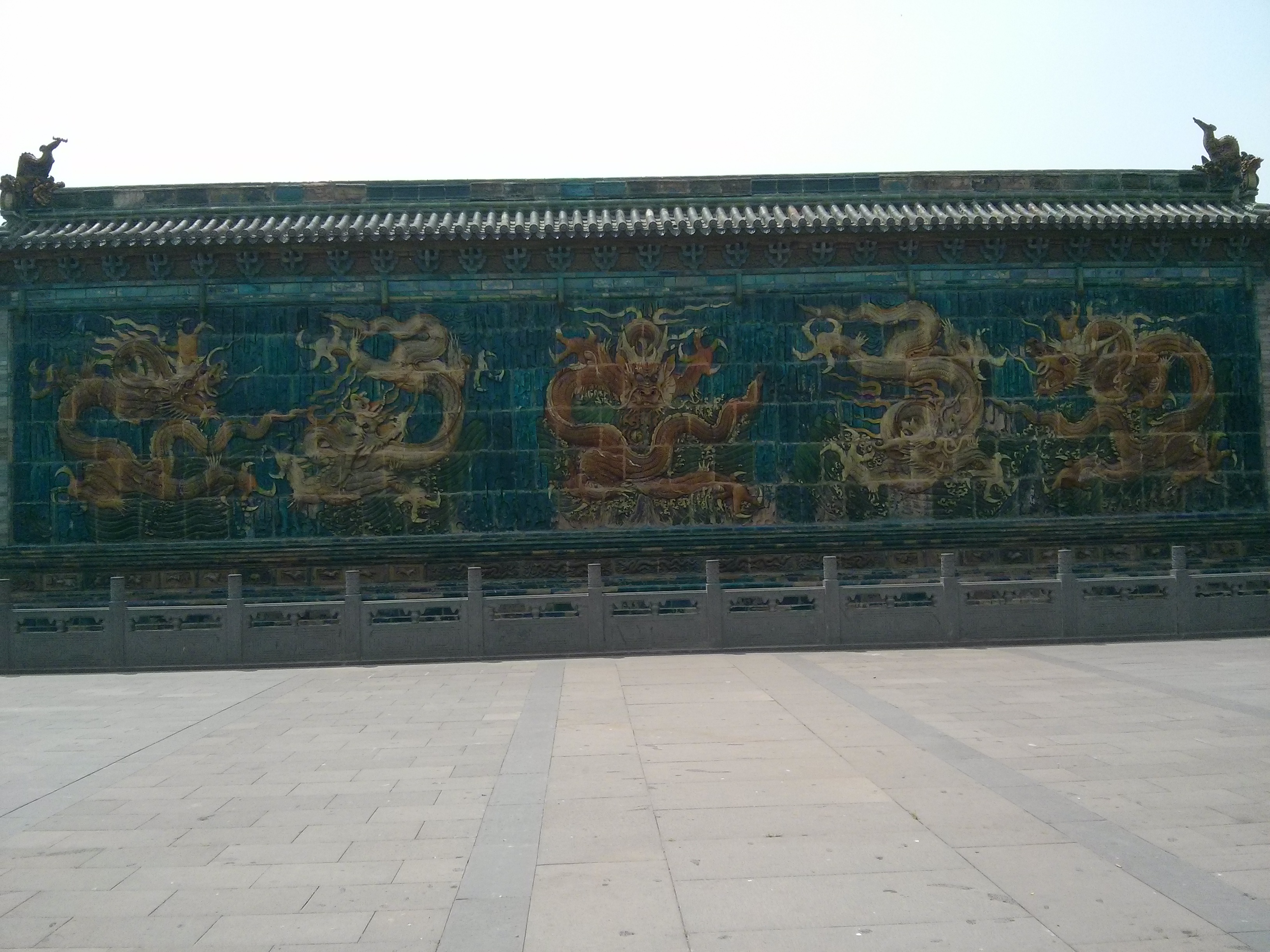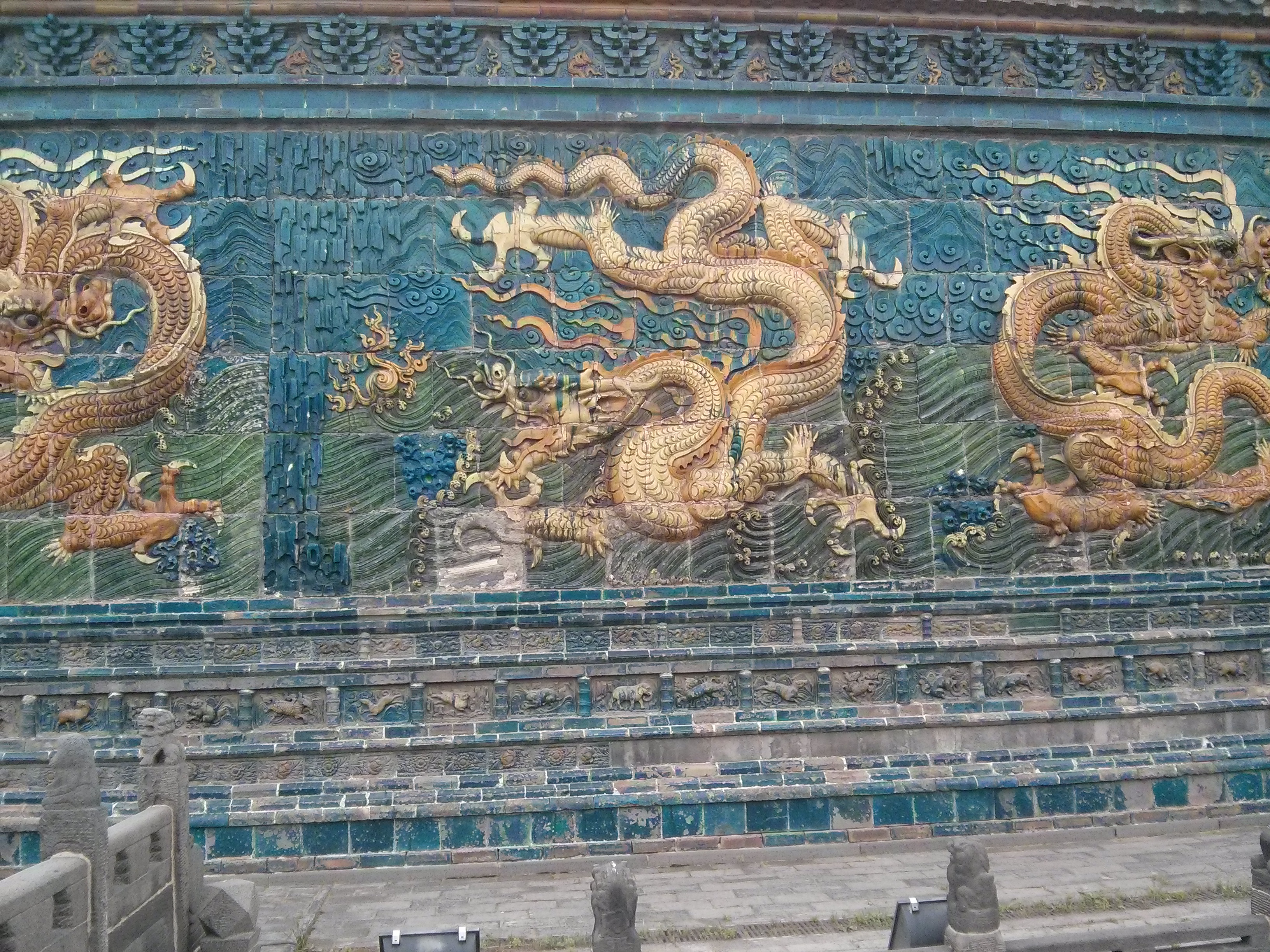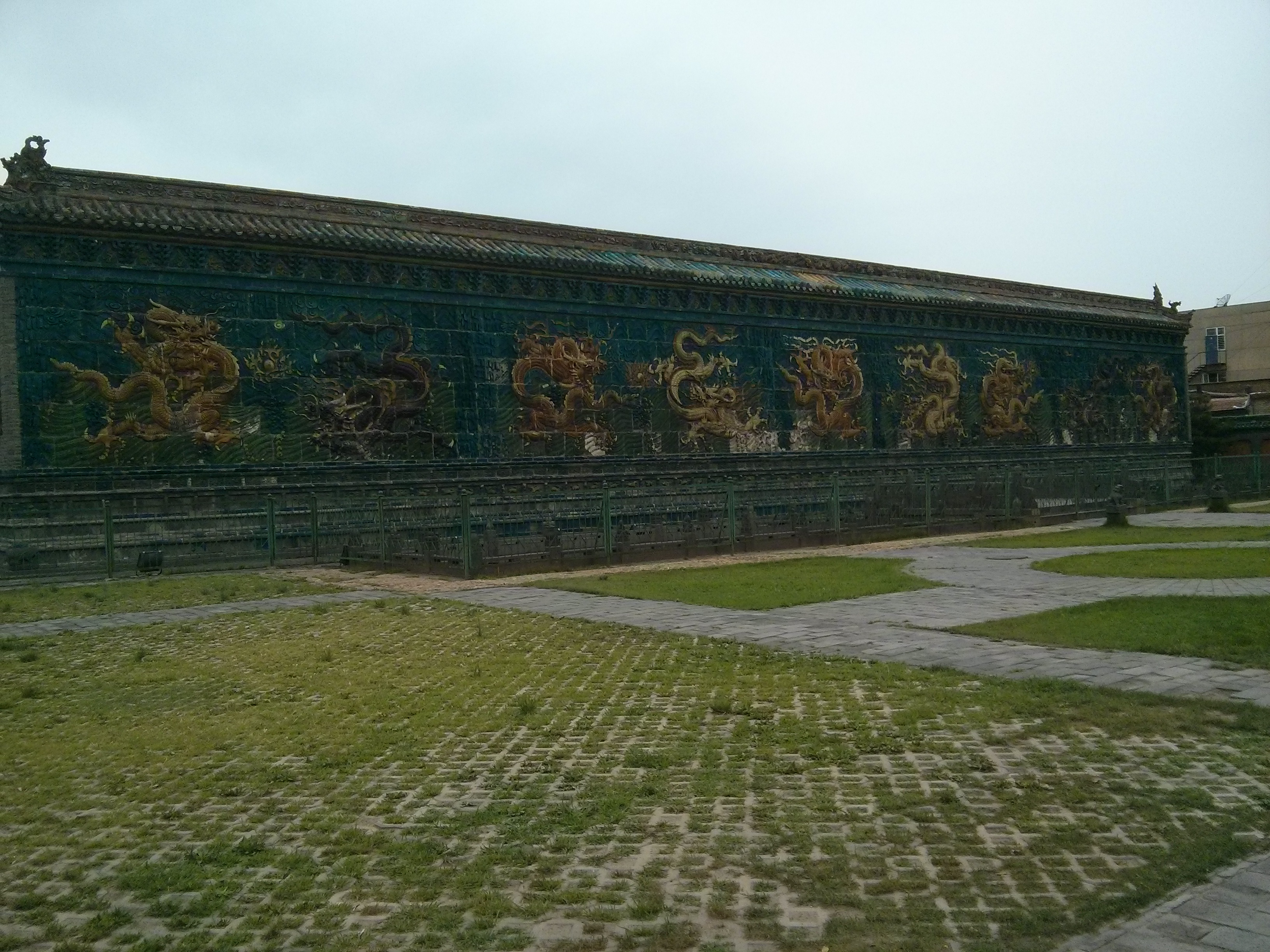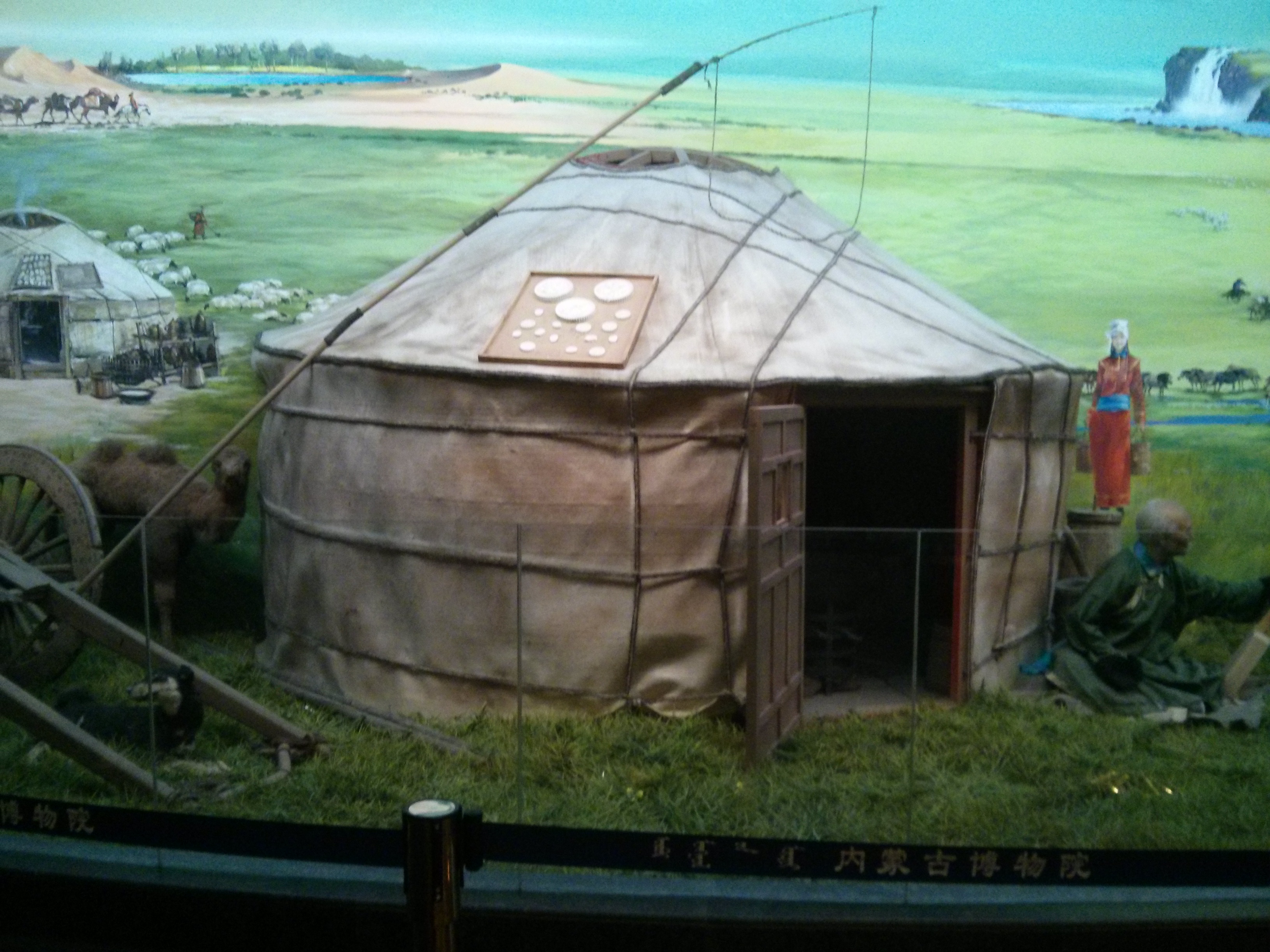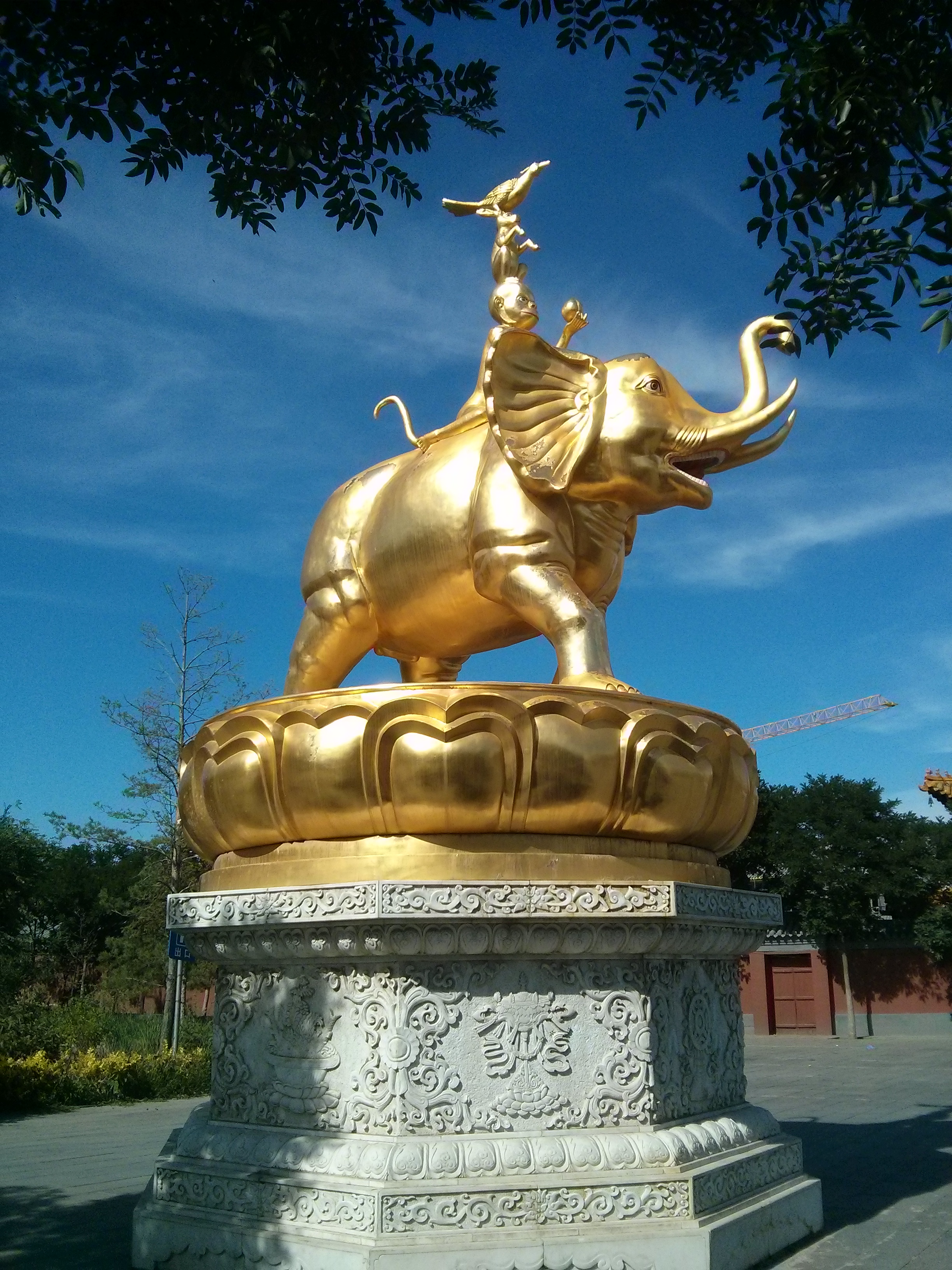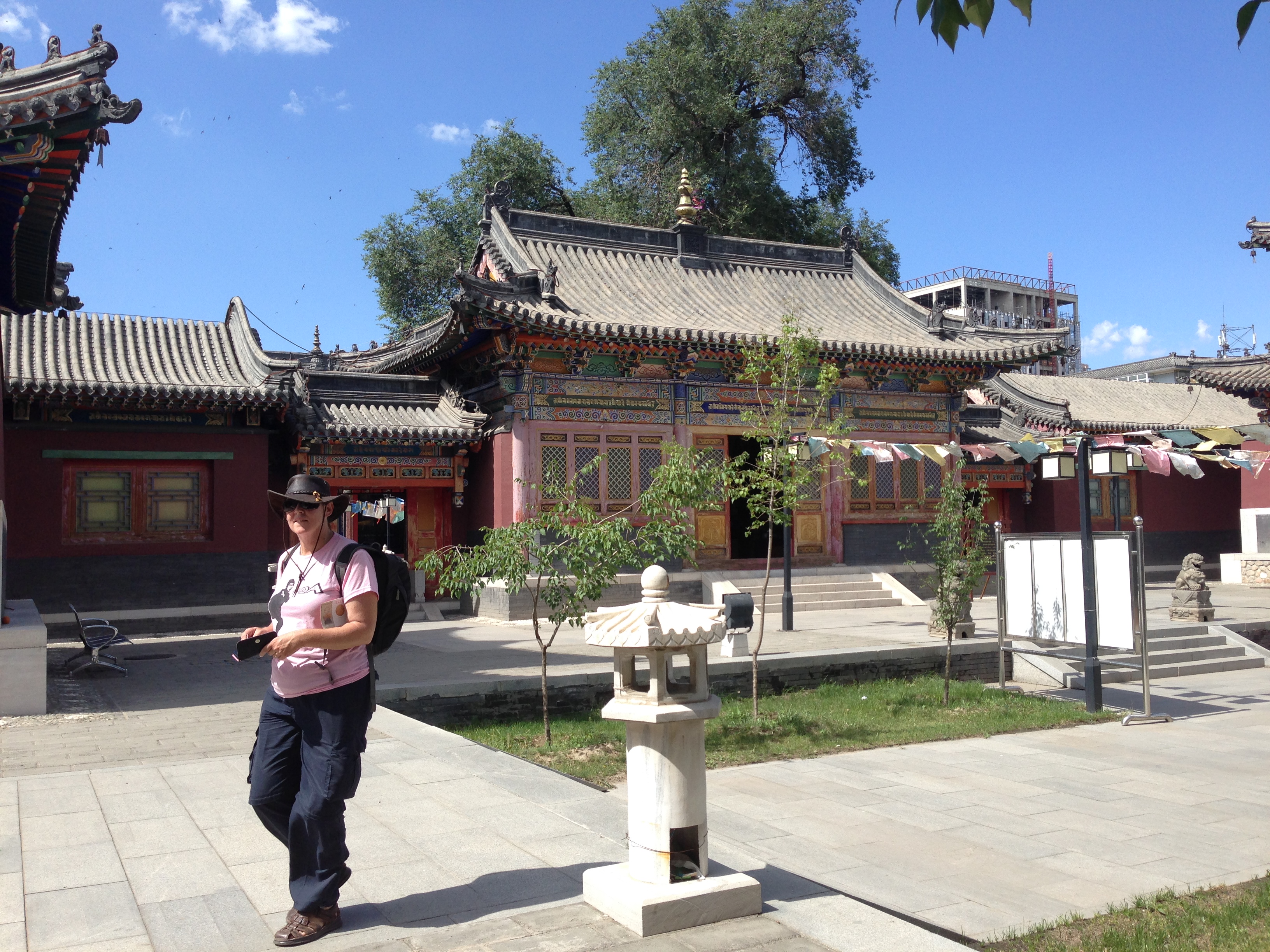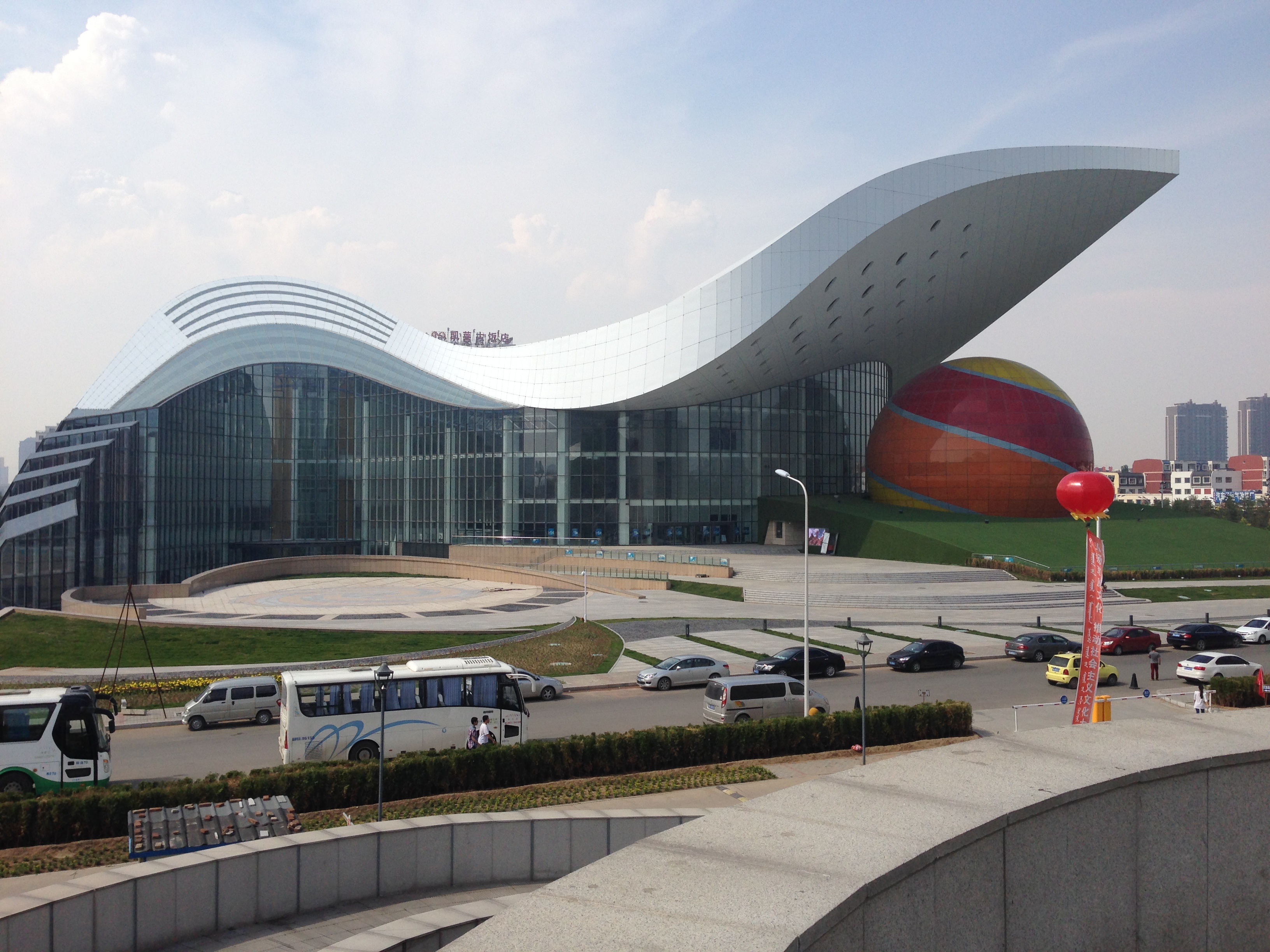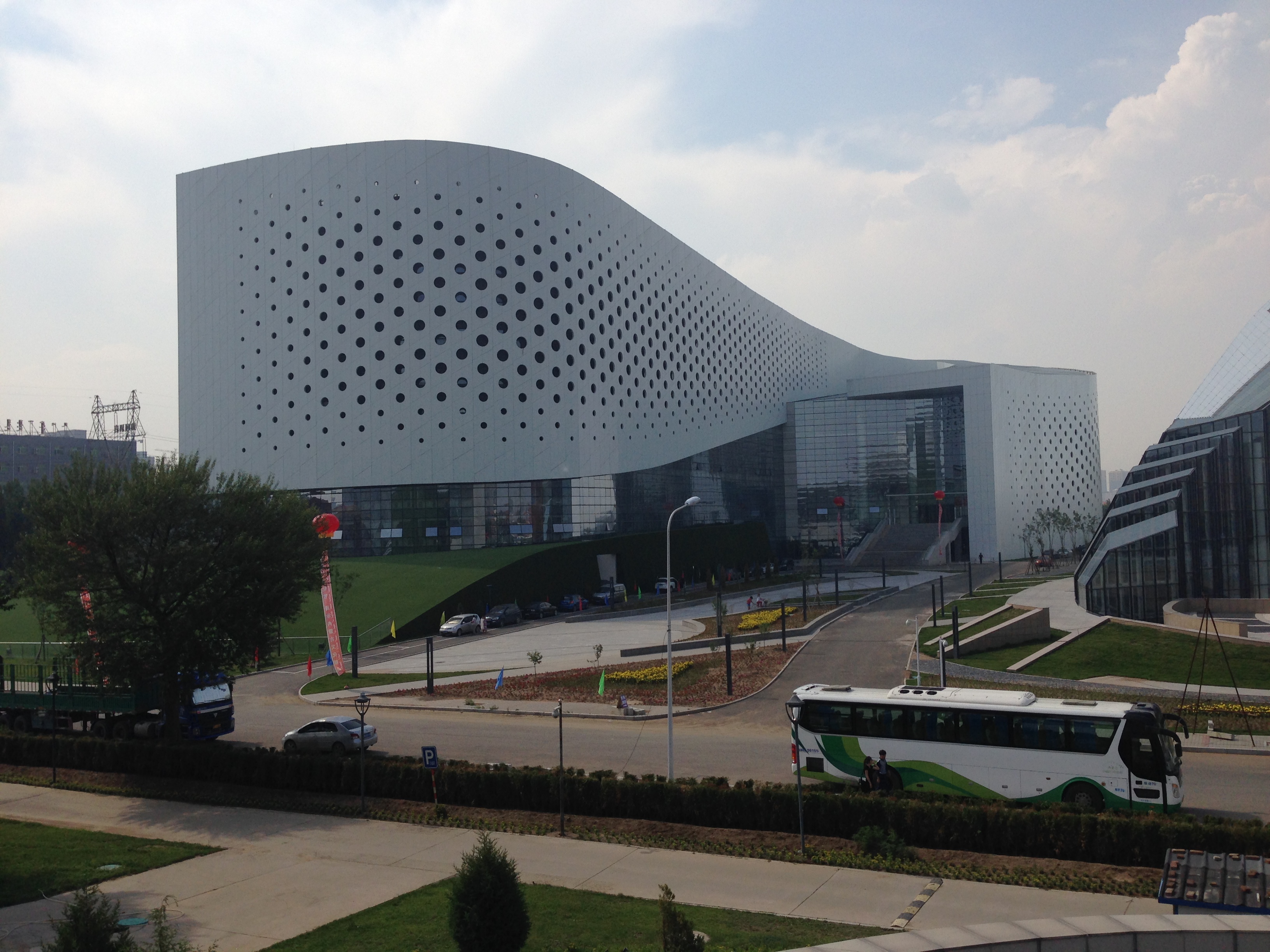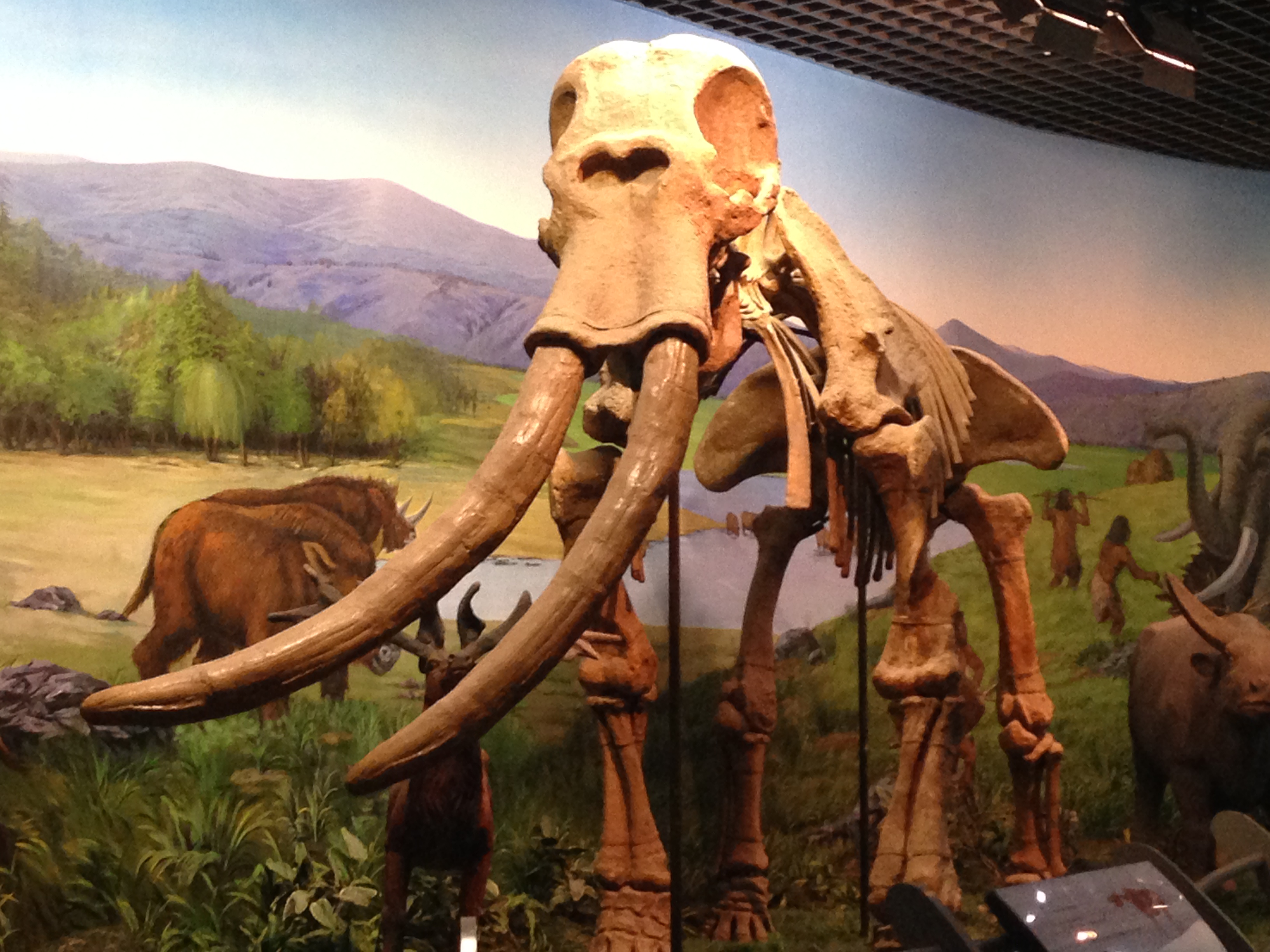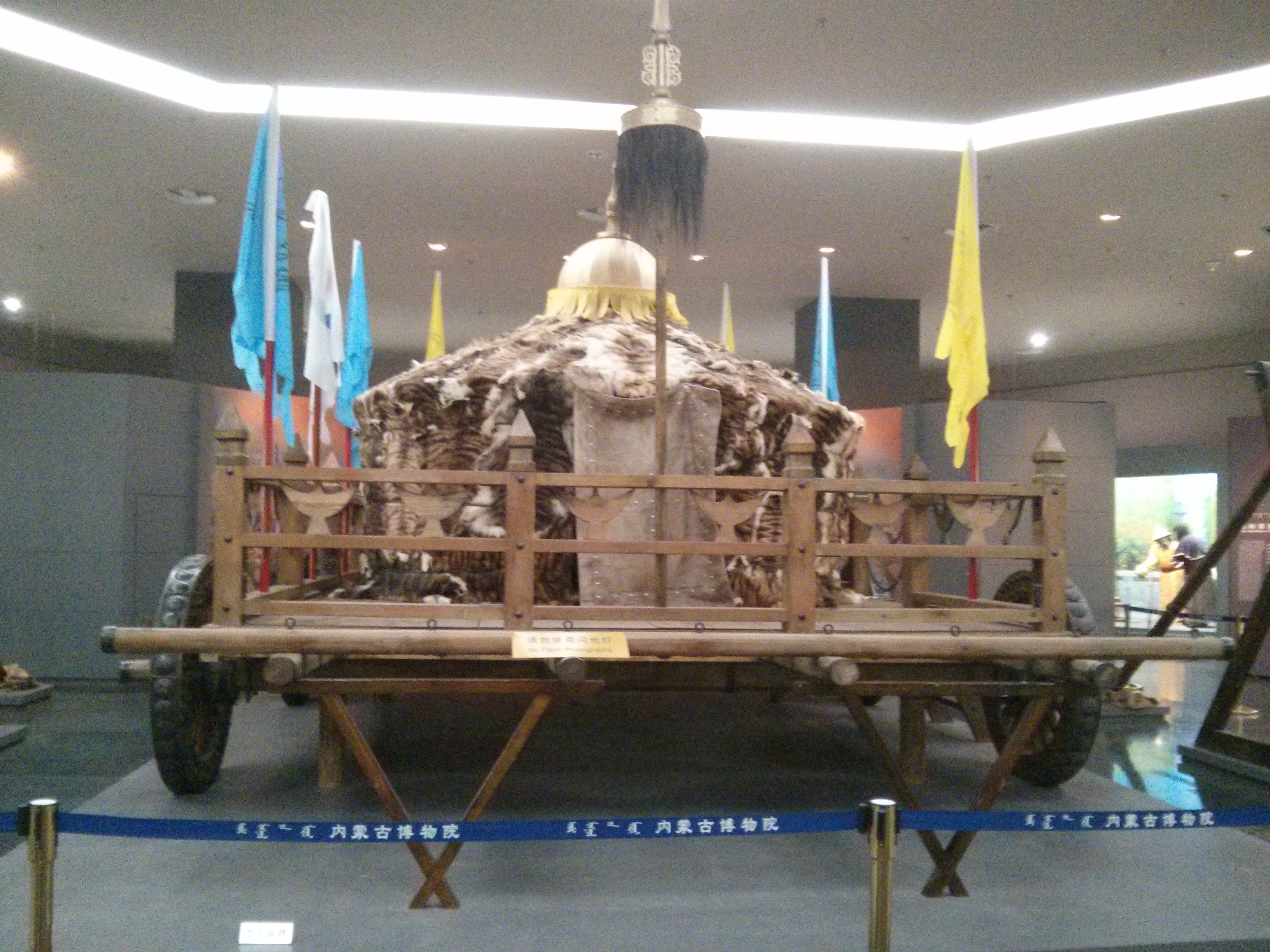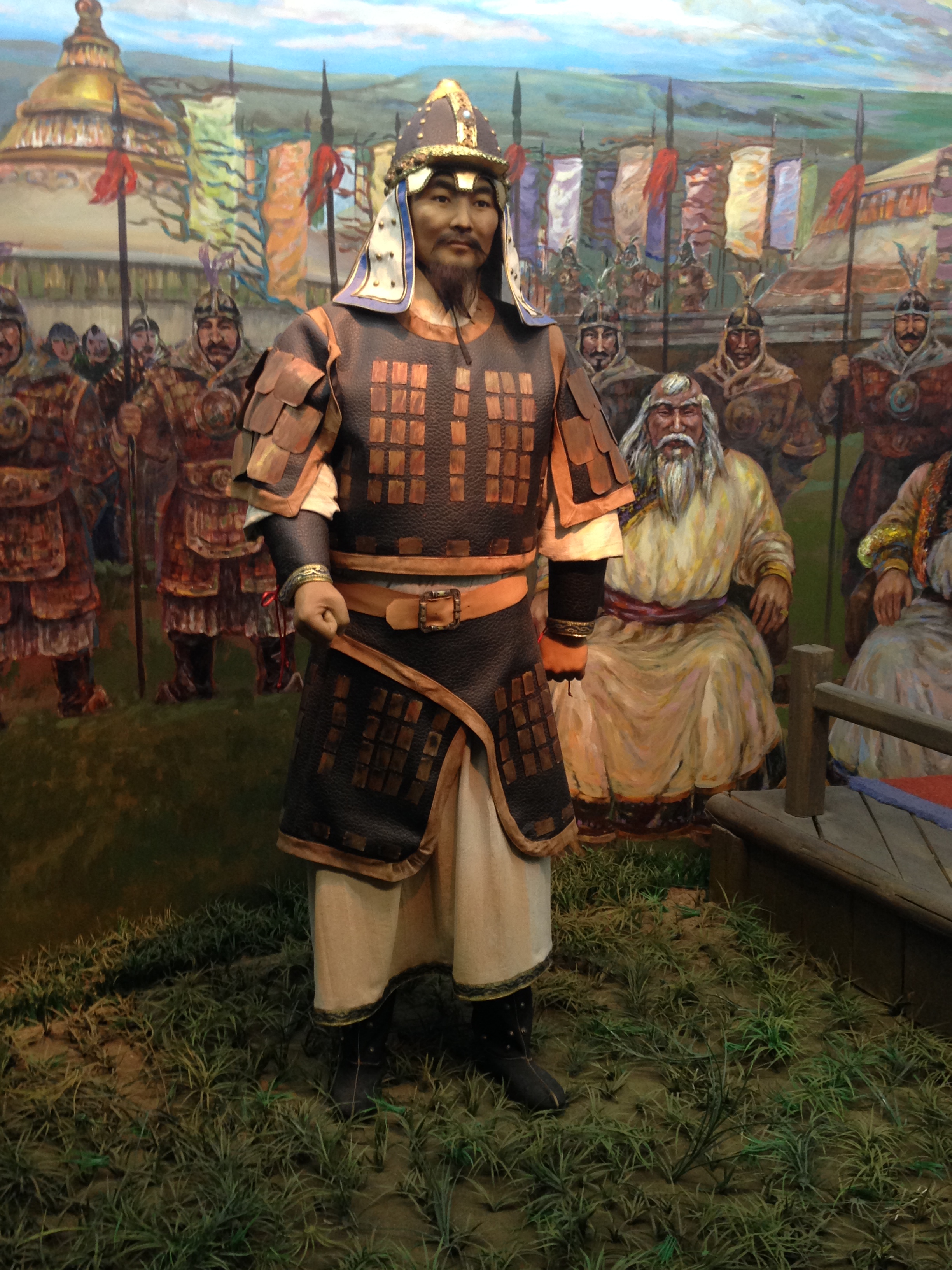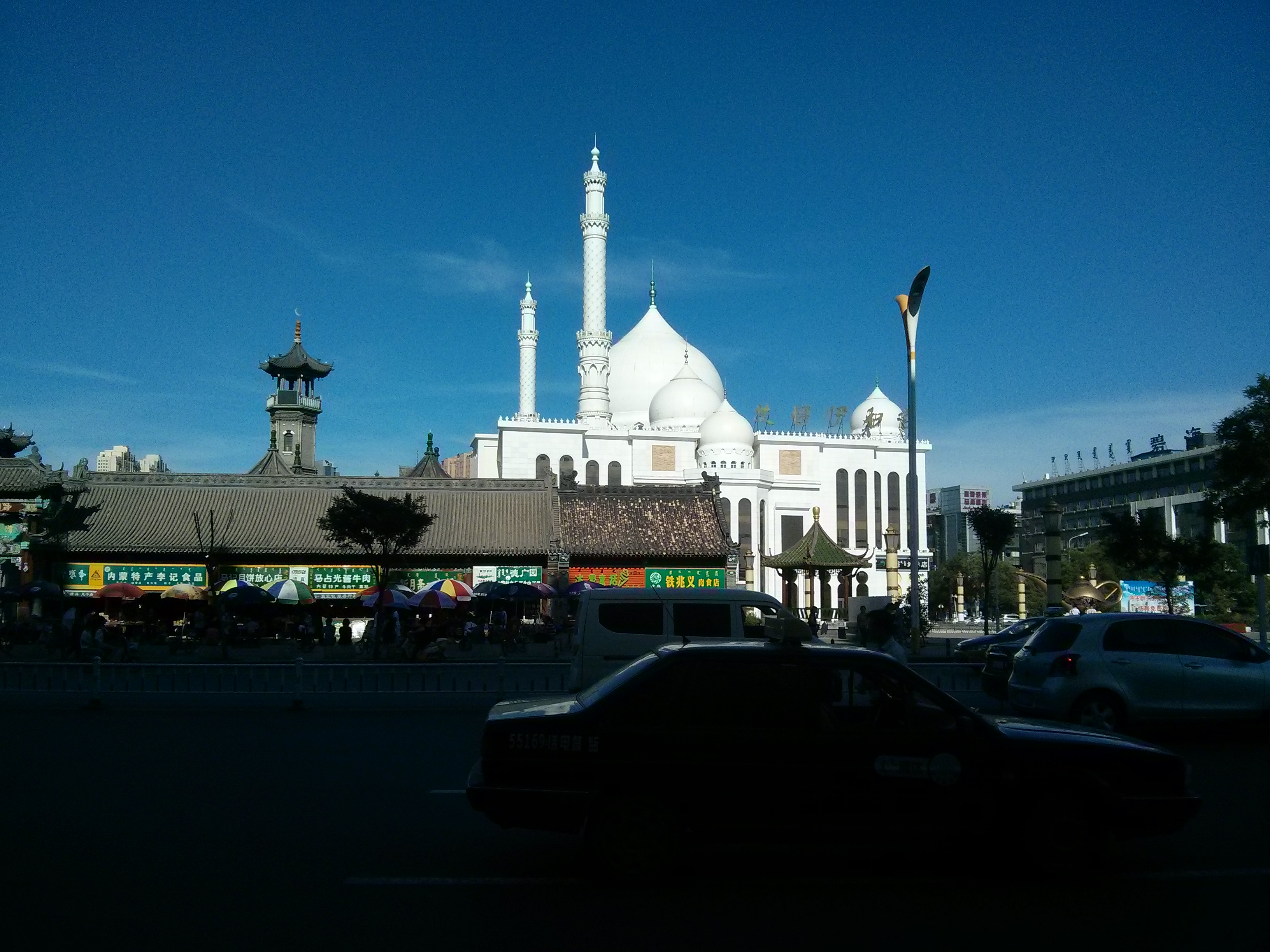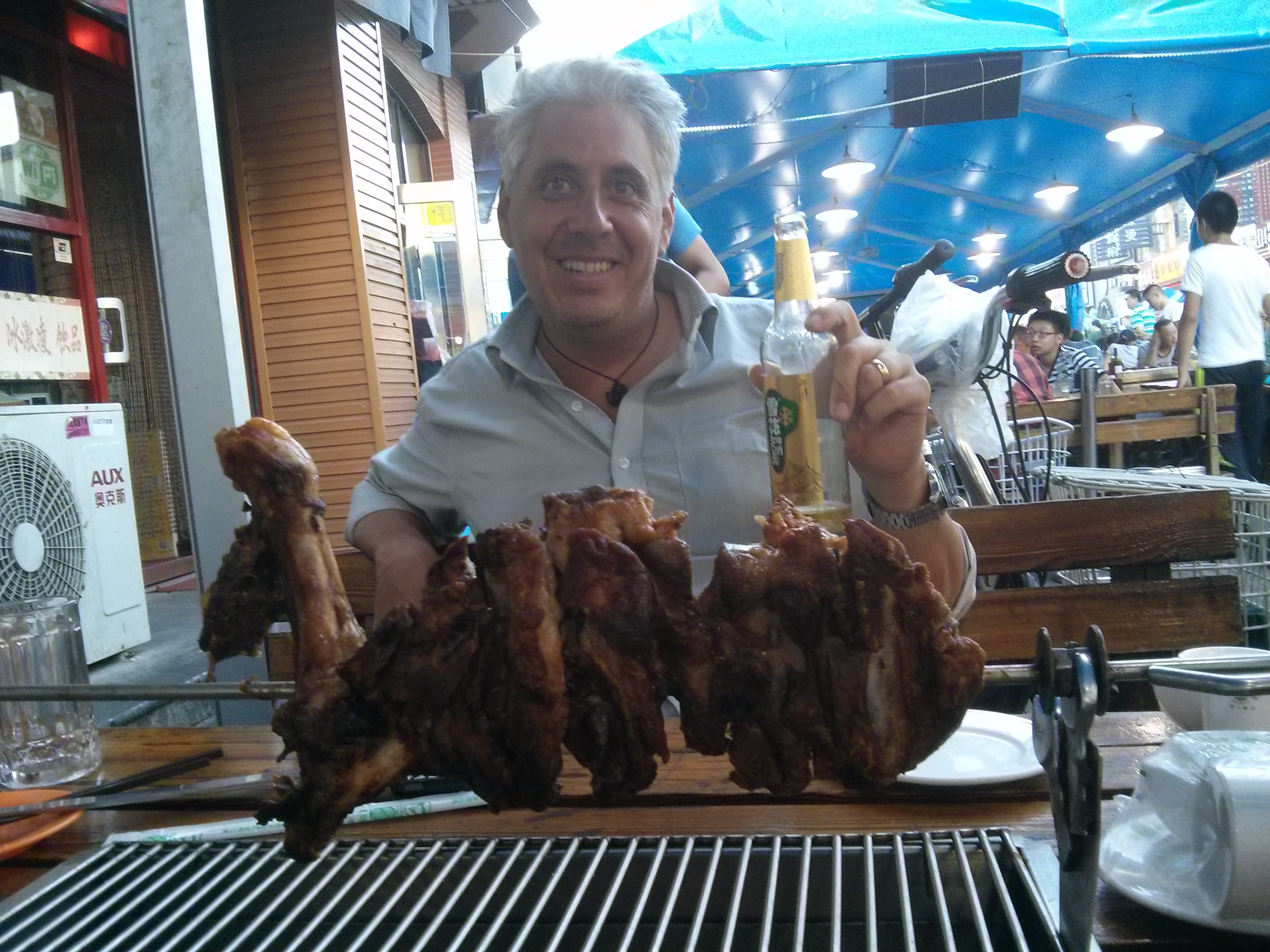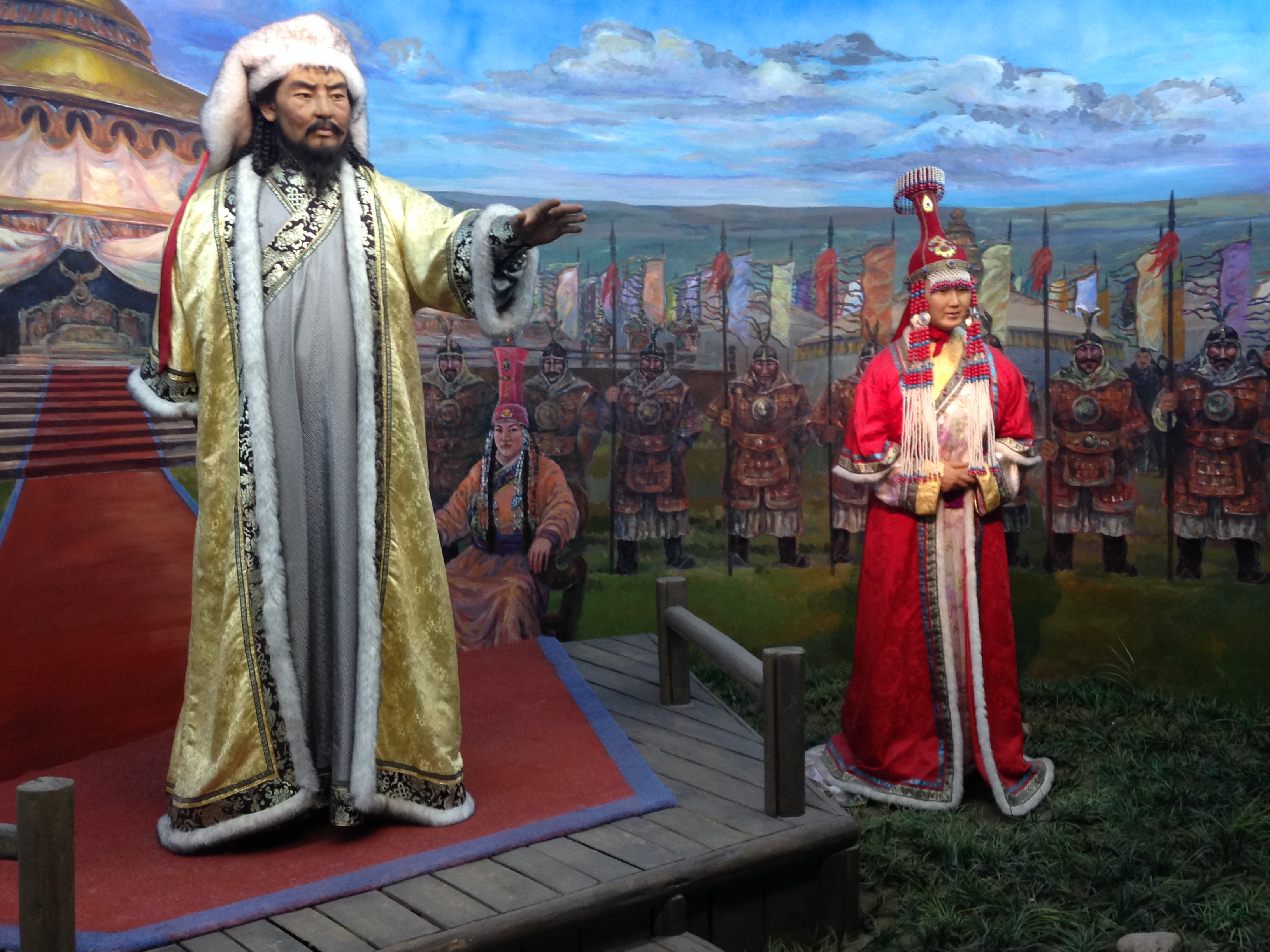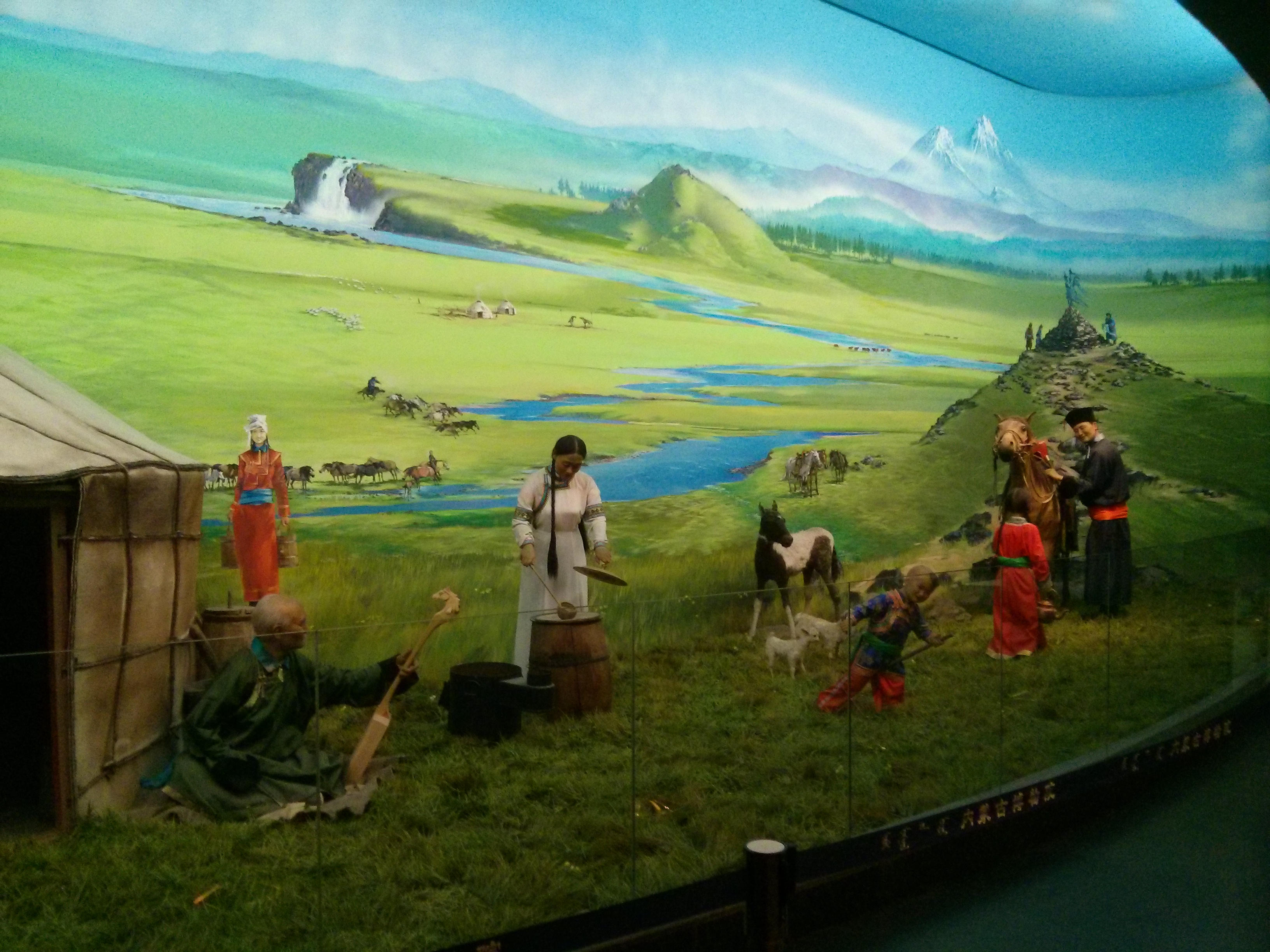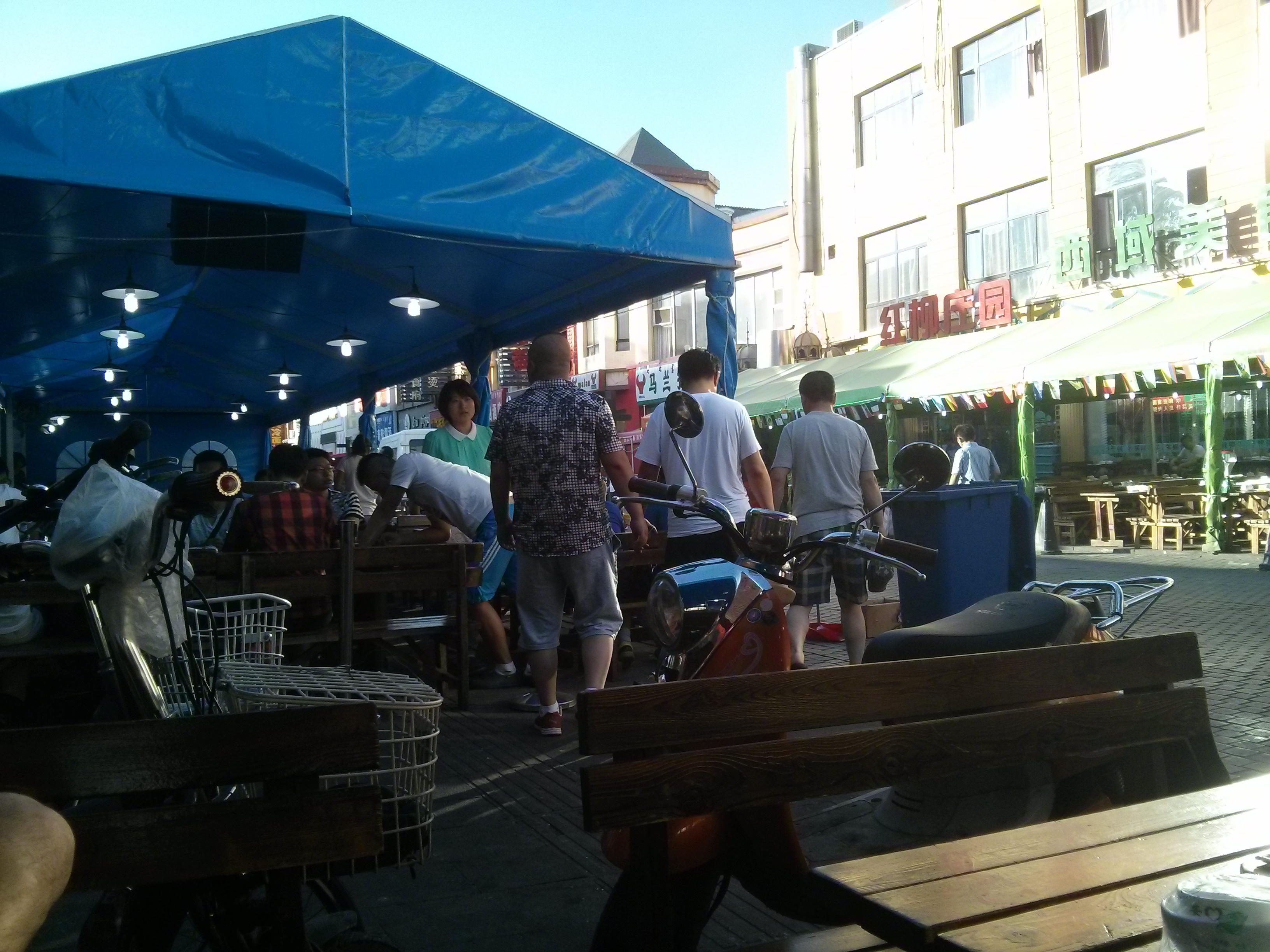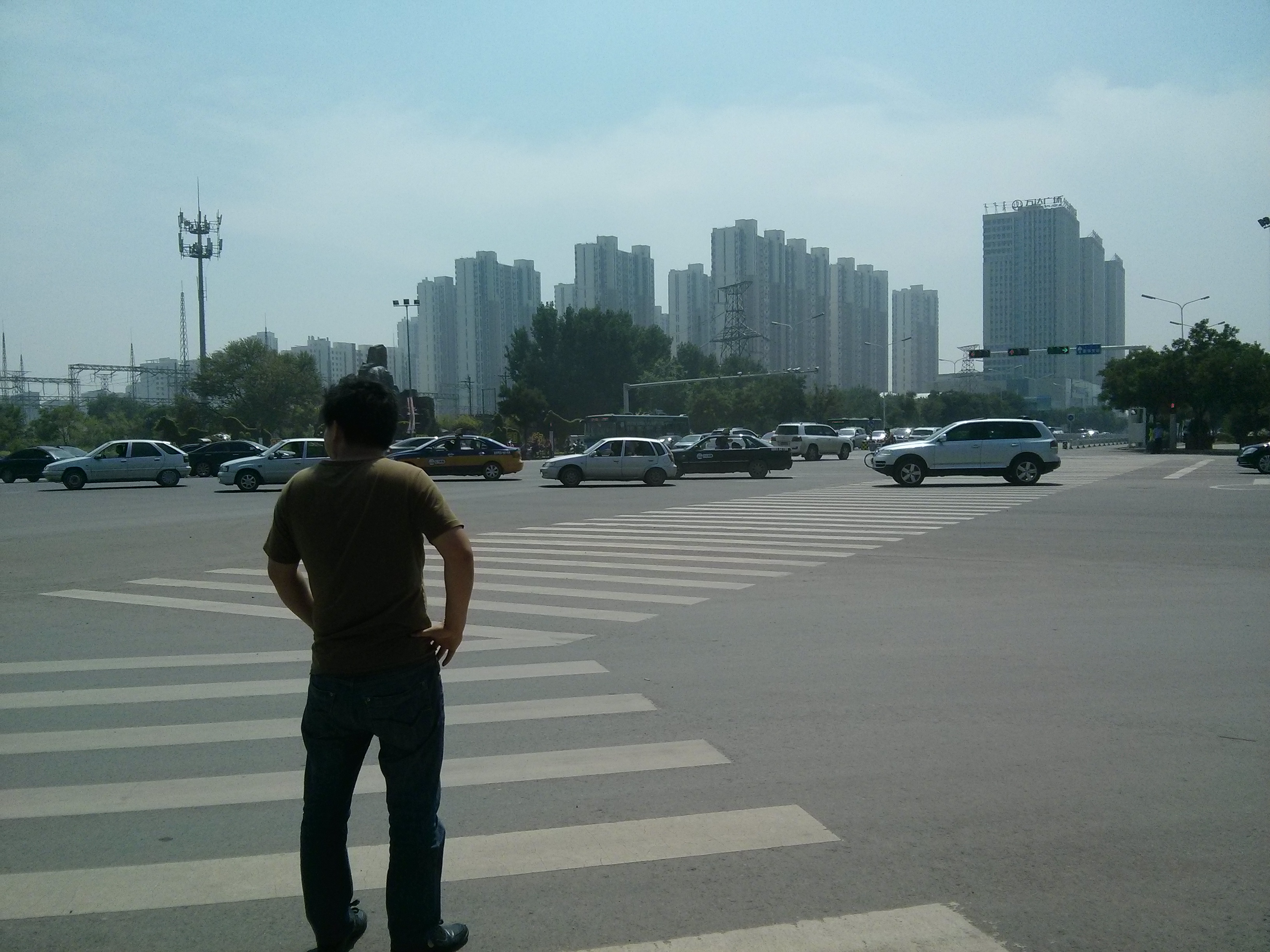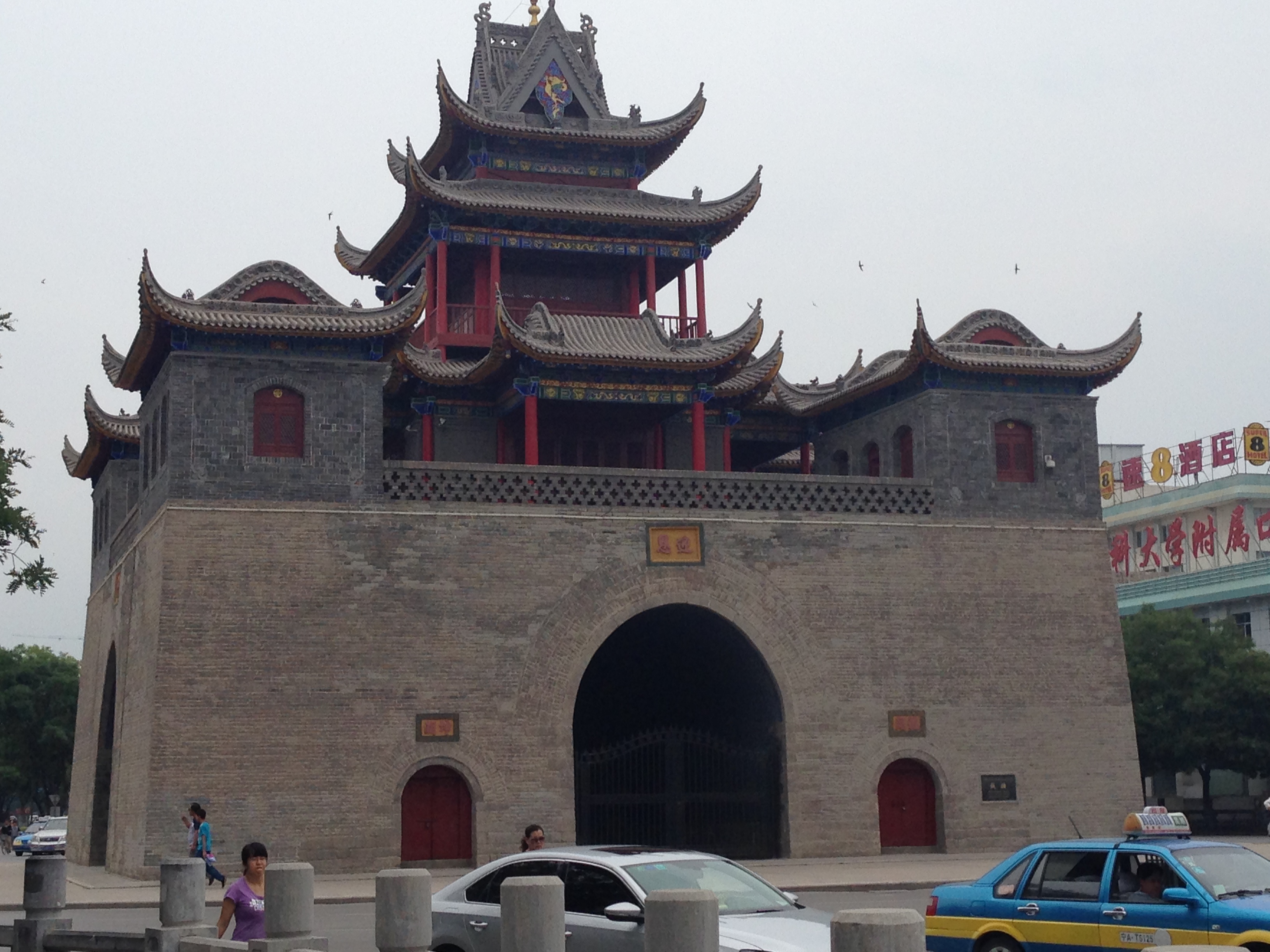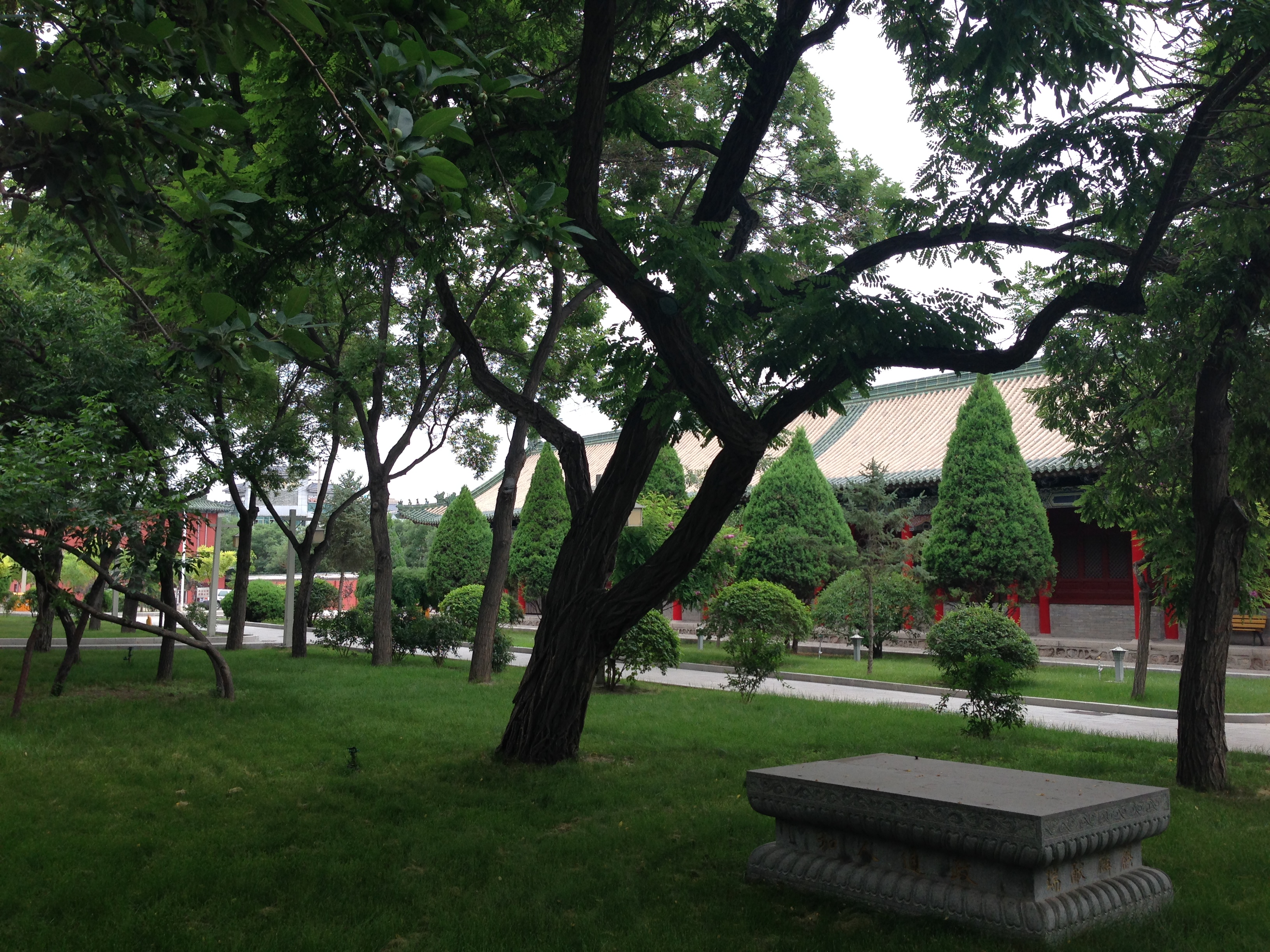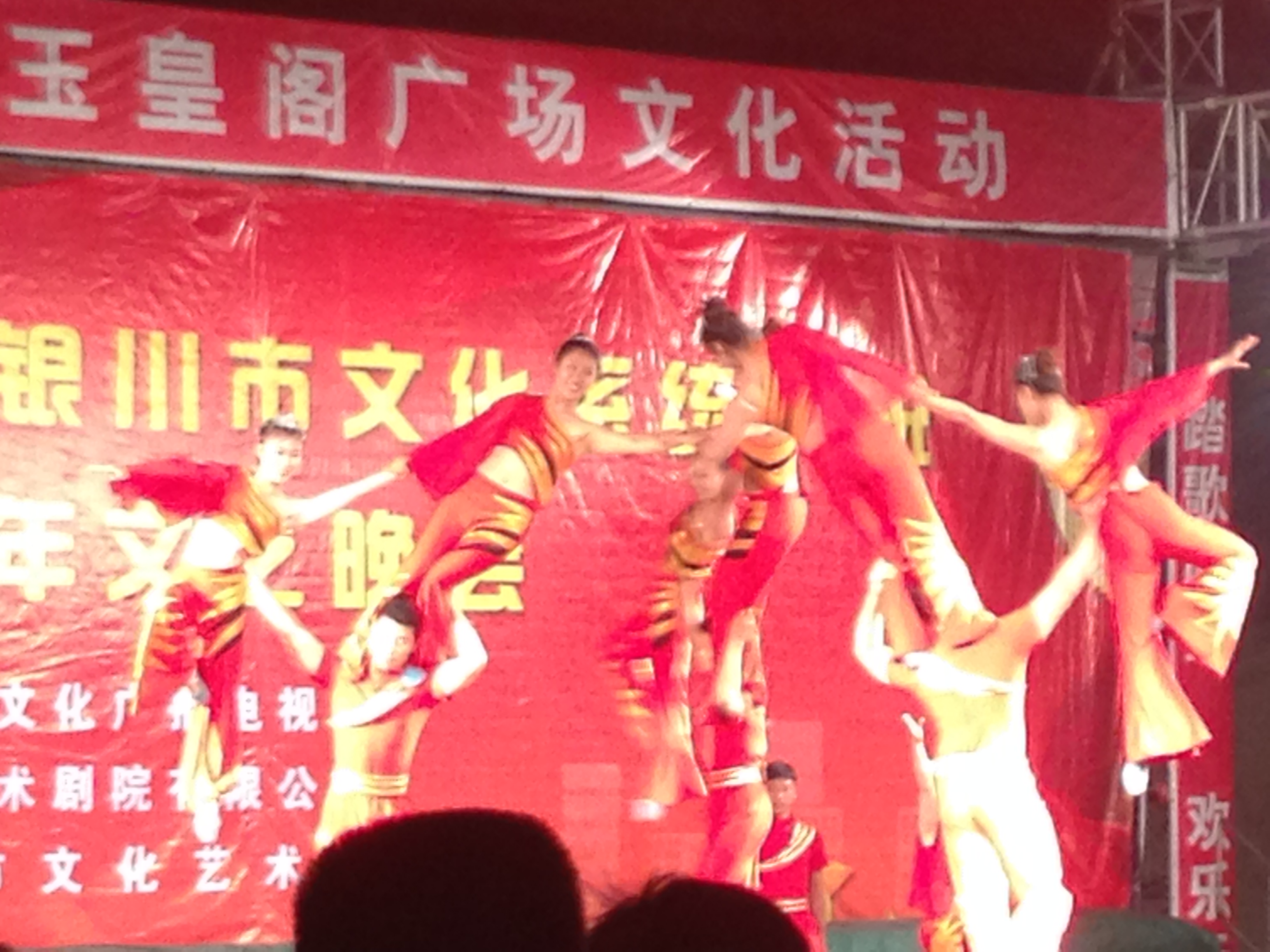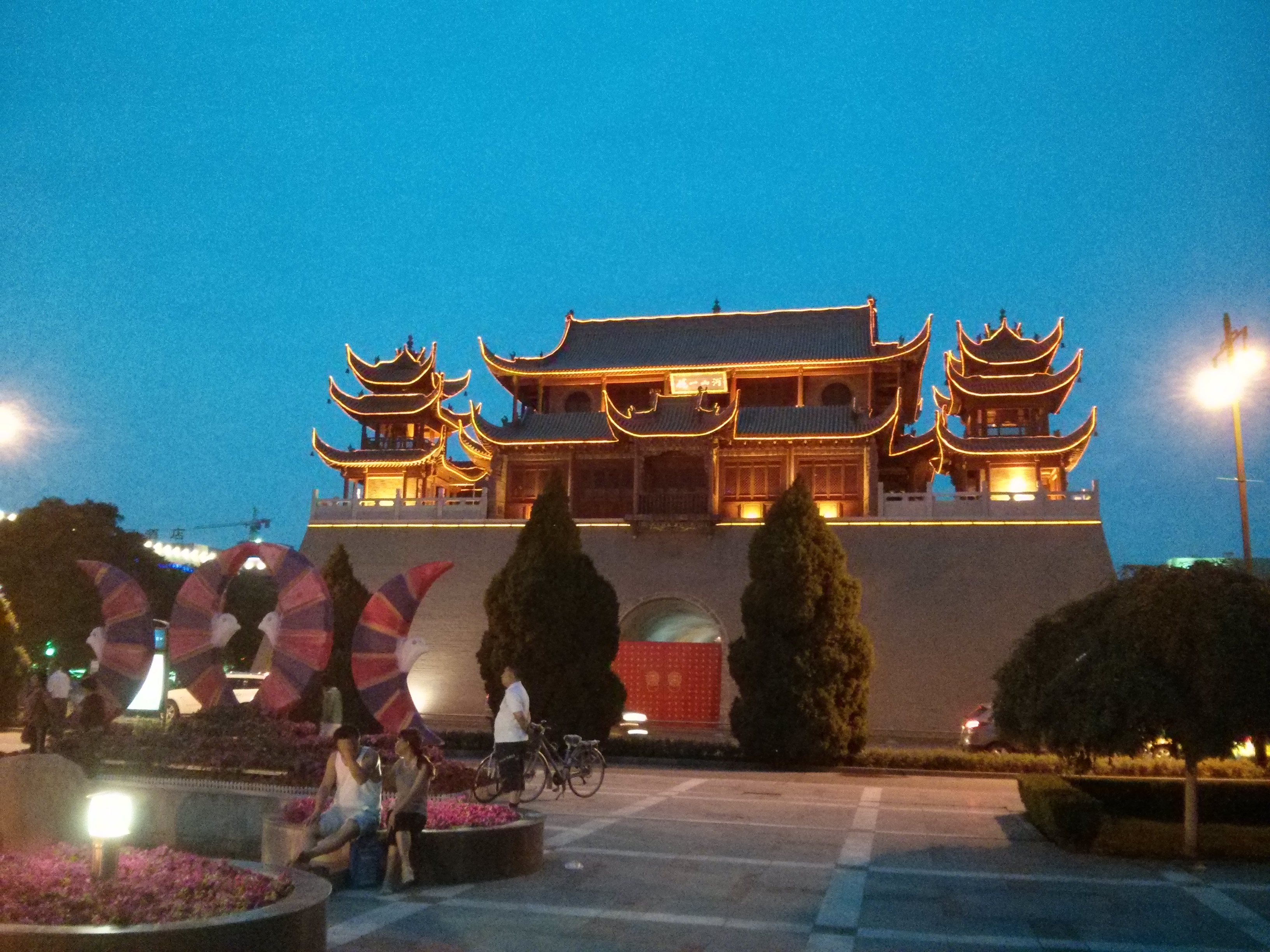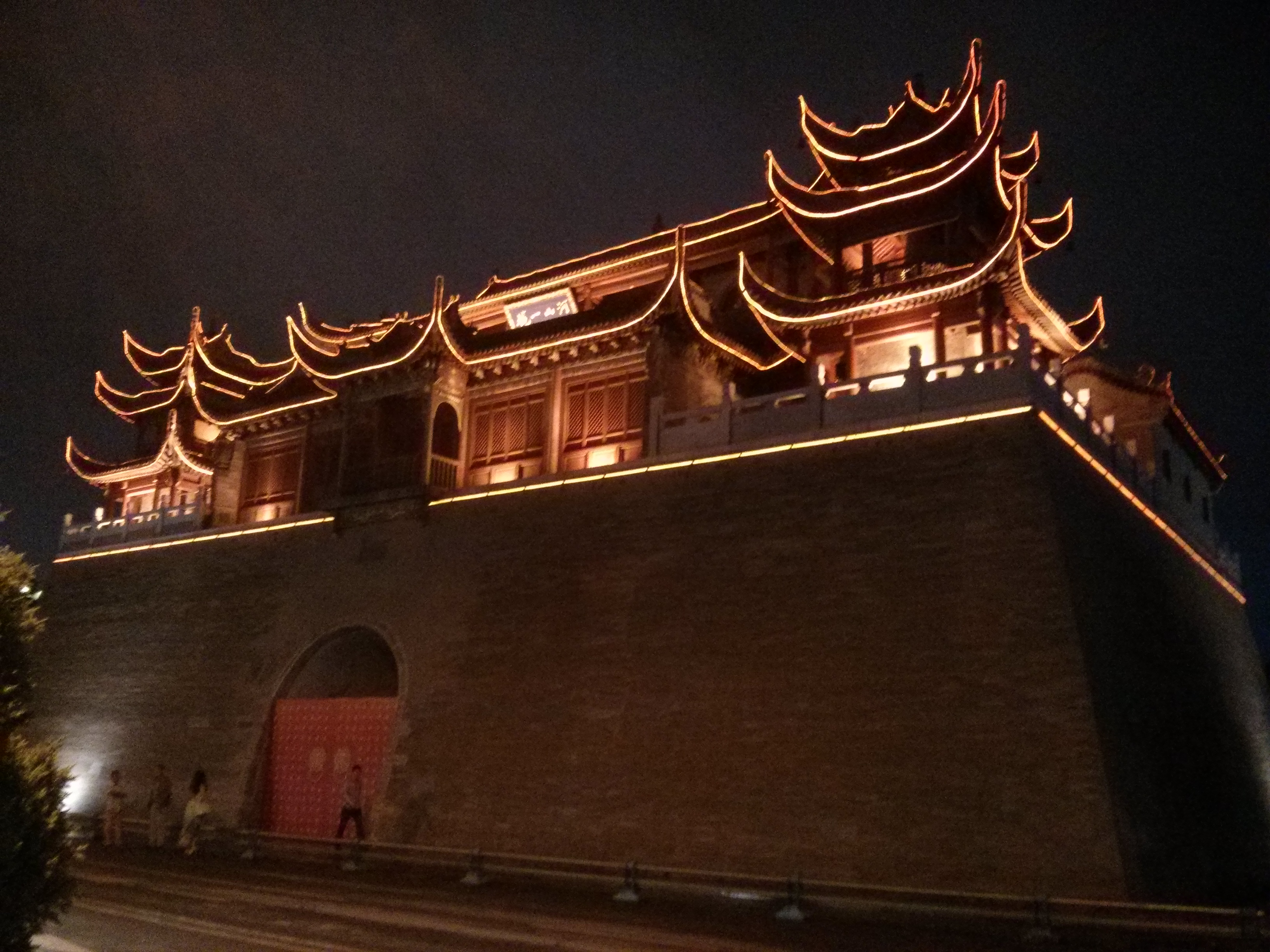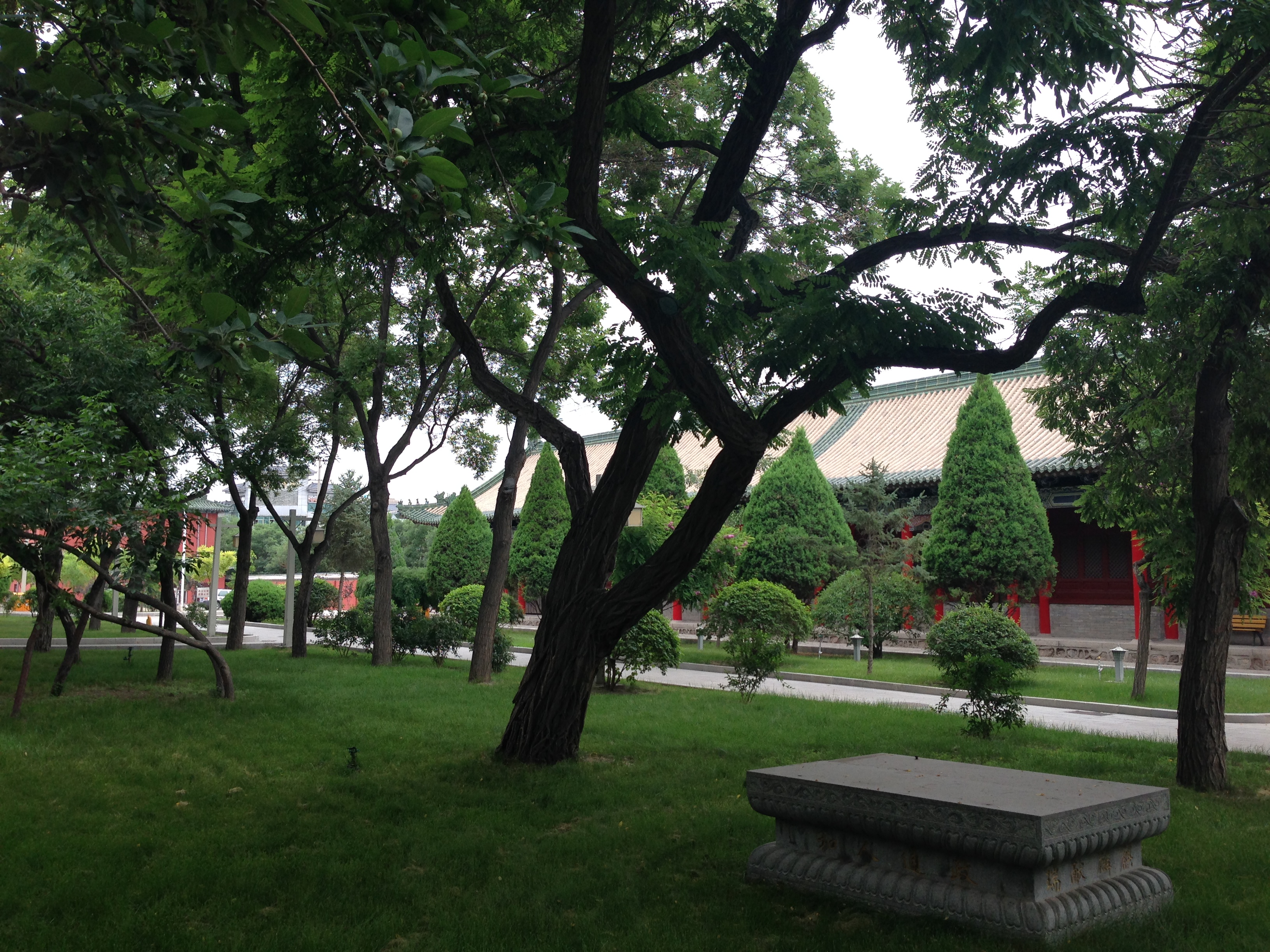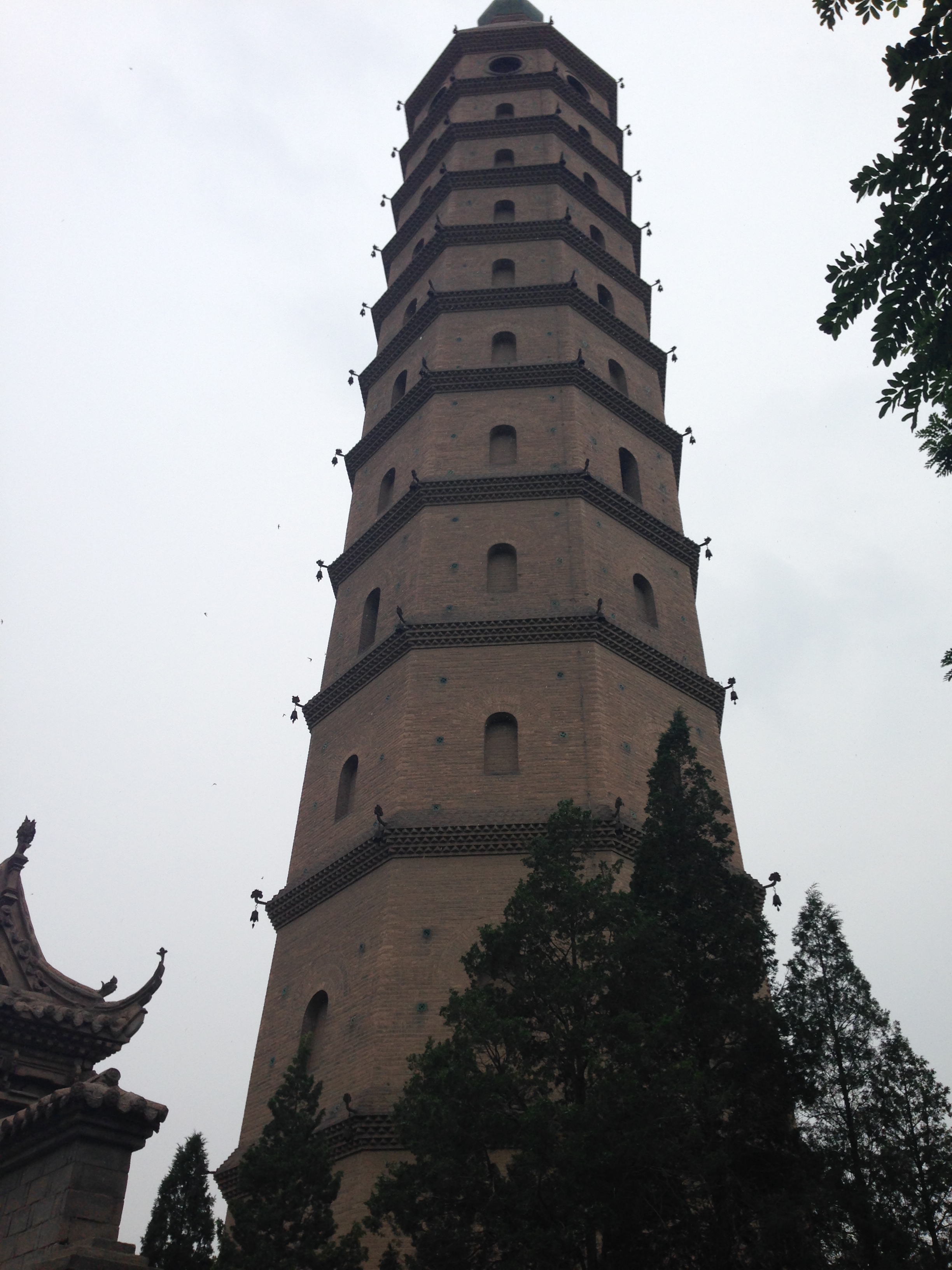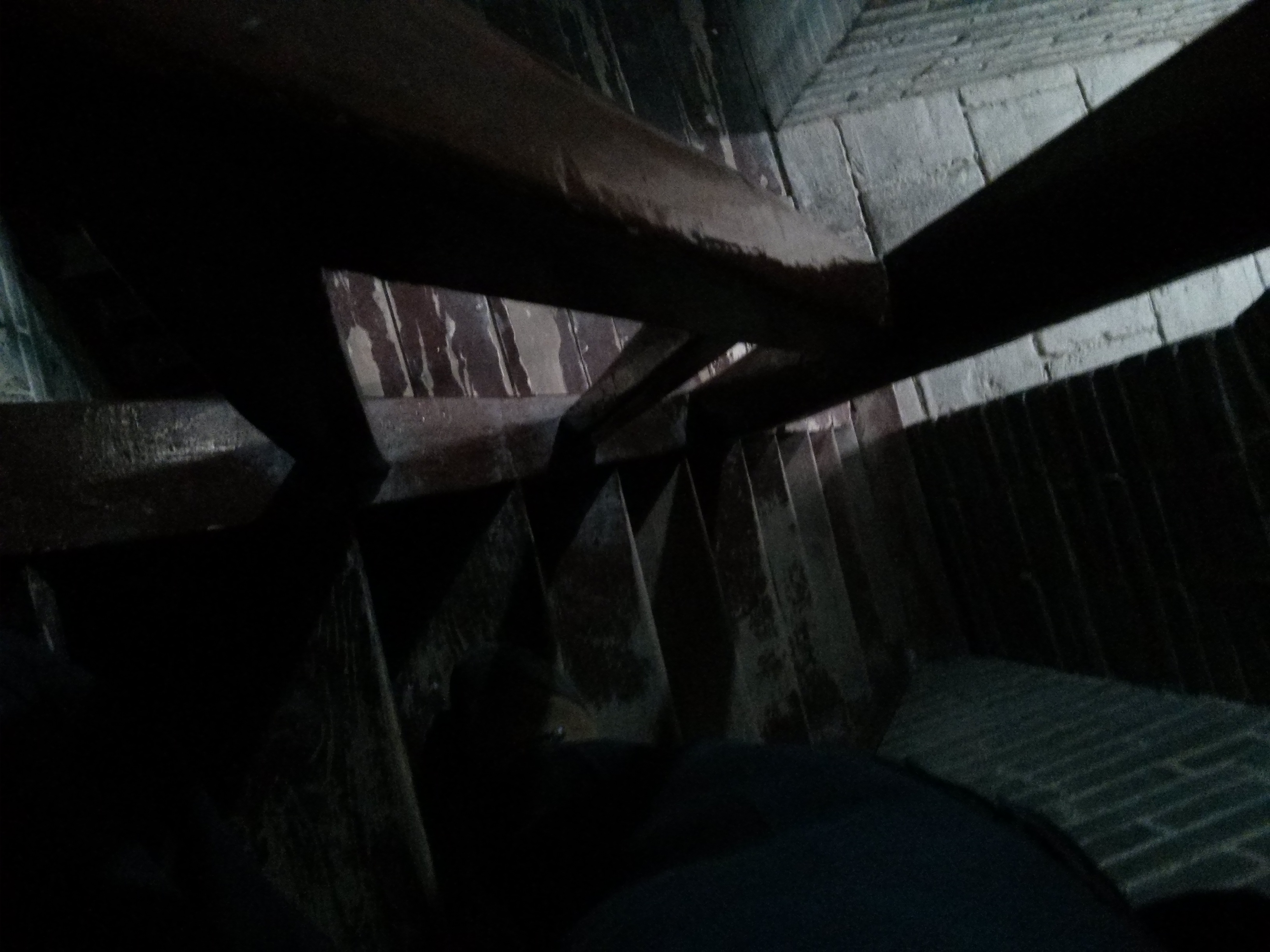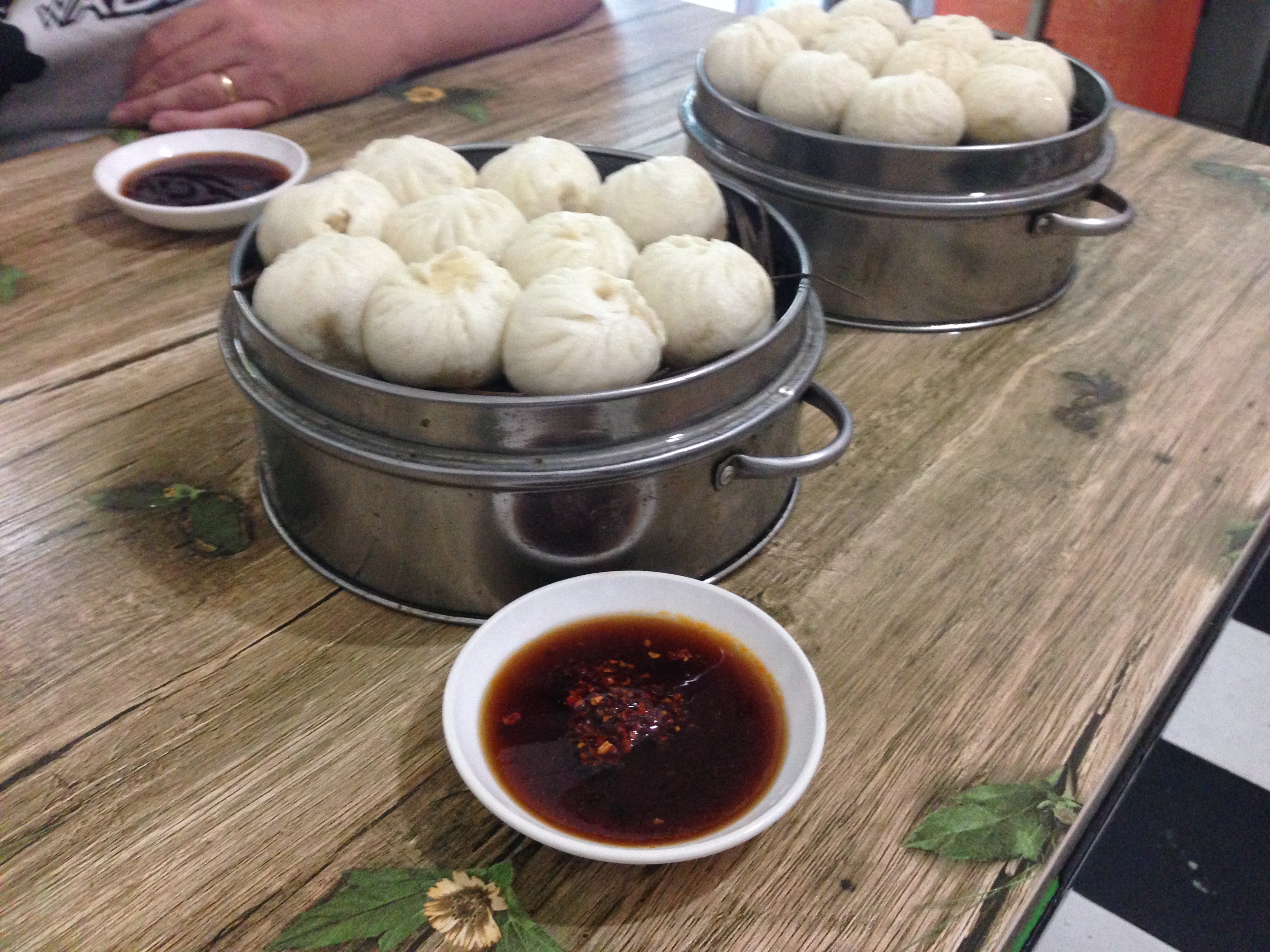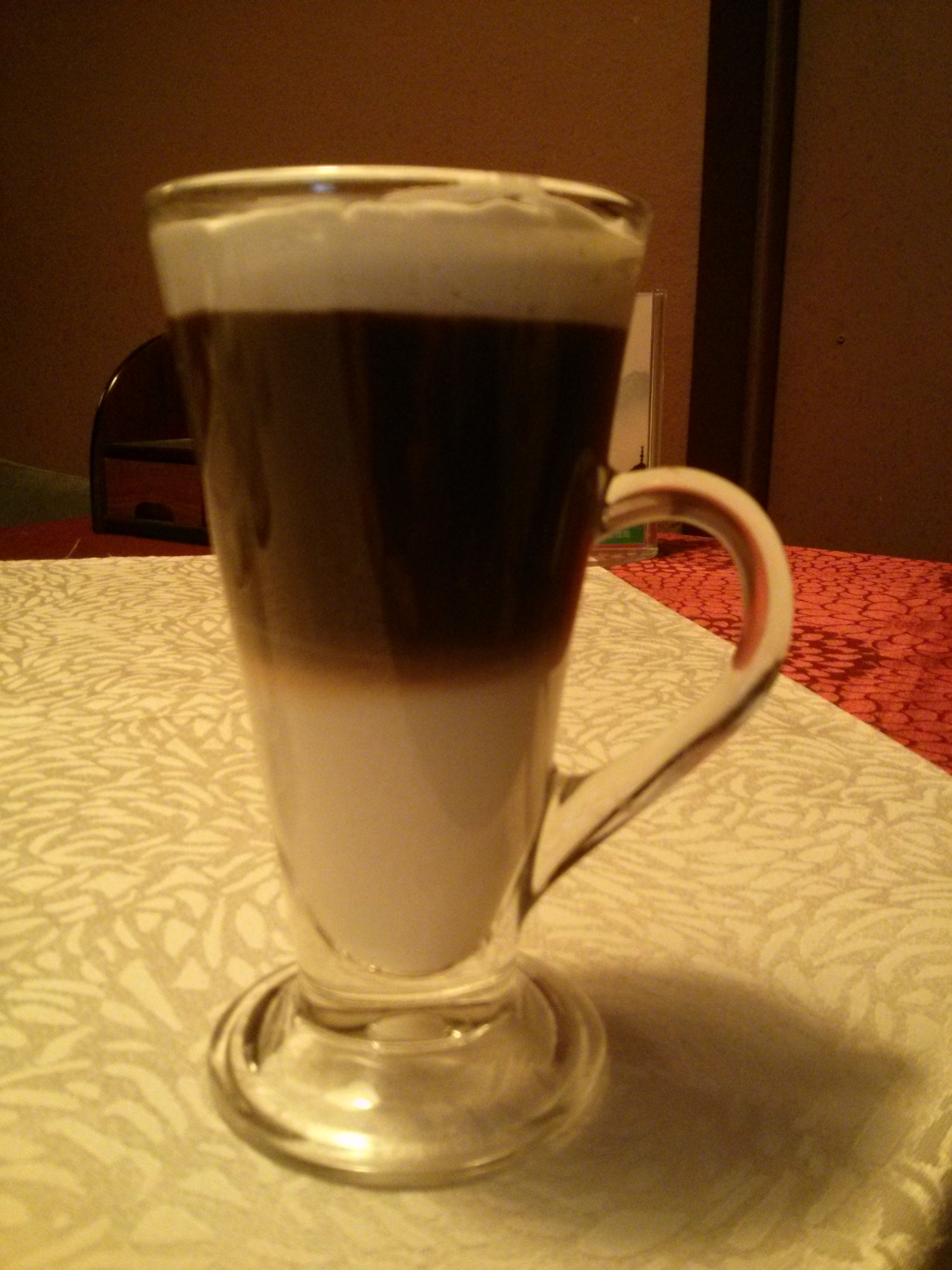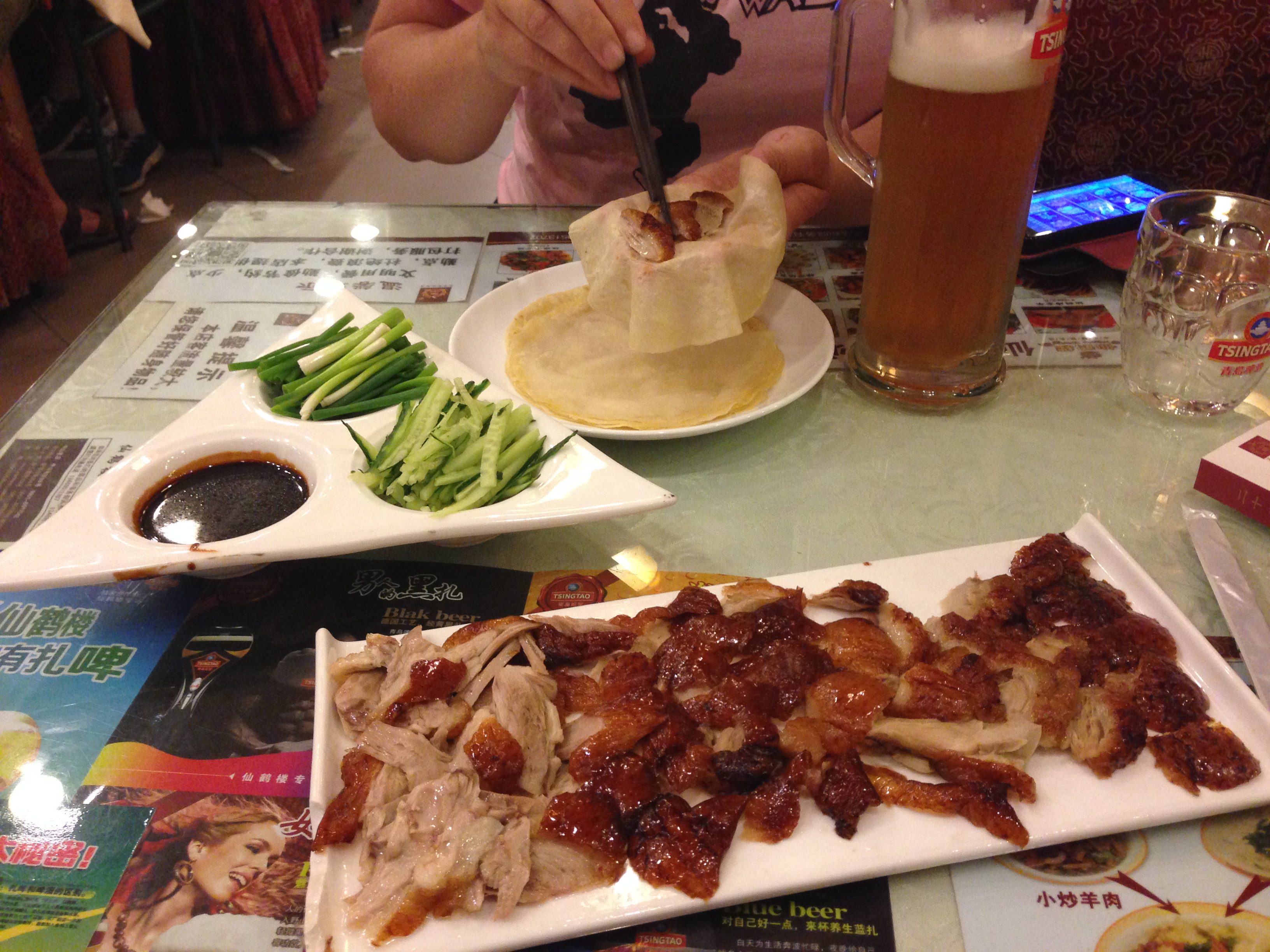There was so much to see and do here that I have split this into two posts as the photos and blurb was just too much for a single post.
We left Hohhot on what turned out to be a nightmare journey…for me at least. It started with a swelteringly hot, jam packed bus ride to the railway station, which was under renovation. This meant that every departing passenger was wedged into a single waiting room, which would normally handle 2 trains worth of people but was forced to constantly rotate 4 trains worth of people along with the early birds for the next 2-4 trains. All of this in high humidity and no air flow.

The trains are 5 seats wide with three on one side and two on the other. We had seats 14 and 15 which ended up on opposite sides of the train, facing in opposite directions. Jill got the side with 2 on the window while I got the side with three. The first thing that came to our attention was that once the seats were all full there was an additional 30-50 people standing in the aisles as the train had clearly been oversold.
As the ones on my side were friends they decided to share…turning our 3 seats into four and at one point five. Jill on the other hand…happily sat reading her book with herself and the very civilised little Chinese man next to her. The normal Chinese transit rules applied…with the yelling into the phone, smoking in the aisles of the no smoking train, staff selling crap to supplement their incomes (and the spruiking that goes with it), the constant Hrrrccht ptooi, however this trip had the discordant music and singing of a child old enough to be stopped…but wasn’t.
Jill had done her research and found that the hostel in Datong was charging more than the five star hotels…for no apparent reason… So we boycotted, paid half of what the “supposedly” cheap hostel was asking and stayed in a magnificent 4 star hotel (Garden Hotel) where excellent service was the aim and was delivered beautifully. This place was great, fruit platters each day, turndown service with chocolates, super clean, bathtub, full toiletries, and staff that could not be politer or more accommodating if they tried.
Datong is a city under reconstruction that is walking the line between old, new, renovated and original in an interesting manner. It is in an area rich in coal and is morphing its primary industries from mining to tourism and commerce. In winter the temperatures here get to minus 30 and in summer it gets to about 35 ( which it was while we walked the city walls). It was originally 4 walled cities in close proximity (one for the people, one for business, one for government and one for the military) but the old town section is the one being renovated and the wall is currently 3/4 finished but in the new China way. Some of the streets are done (the outer grid) but the middle sections remain untouched.
The main streets are wide, clean and lined with newly manufactured, old looking, Chinese buildings. The pedestrian street is identical but without the traffic…but the inner part of the grids are the original town that once was. There are ratty little hovels, narrow alleys dodgy food stalls and street vans and all the best bits that China has to offer. Alas this is being systematically replaced by the new China.
That said…this town is doing the new China in a semi-authentic manner. They are looking at old photos and are rebuilding with at least a semblance of what once was. LiJiang was a town that had undergone this form of transformation and it was obscene in its newness and blatant commerciality of what was there. At the moment…Datong is walking the line relatively well. There are examples of crassness but overall they are trying to do things relatively authentically.
The inclusion of imitation medieval weaponry such as trebuchets will do little to aid authenticity but by the same token they have included other things such as the sculpture museum within one of the open courtyards which seems like fun. On one of the walls was possibly the greatest sculpture I have ever seen. It was a 70-100 metre long dragon snaking its way along the wall. As you got closer you found that the entire sculpture was made from Chinese bowls, cups, plates and spoons. This was an amazing sight and quite frankly unexpected.
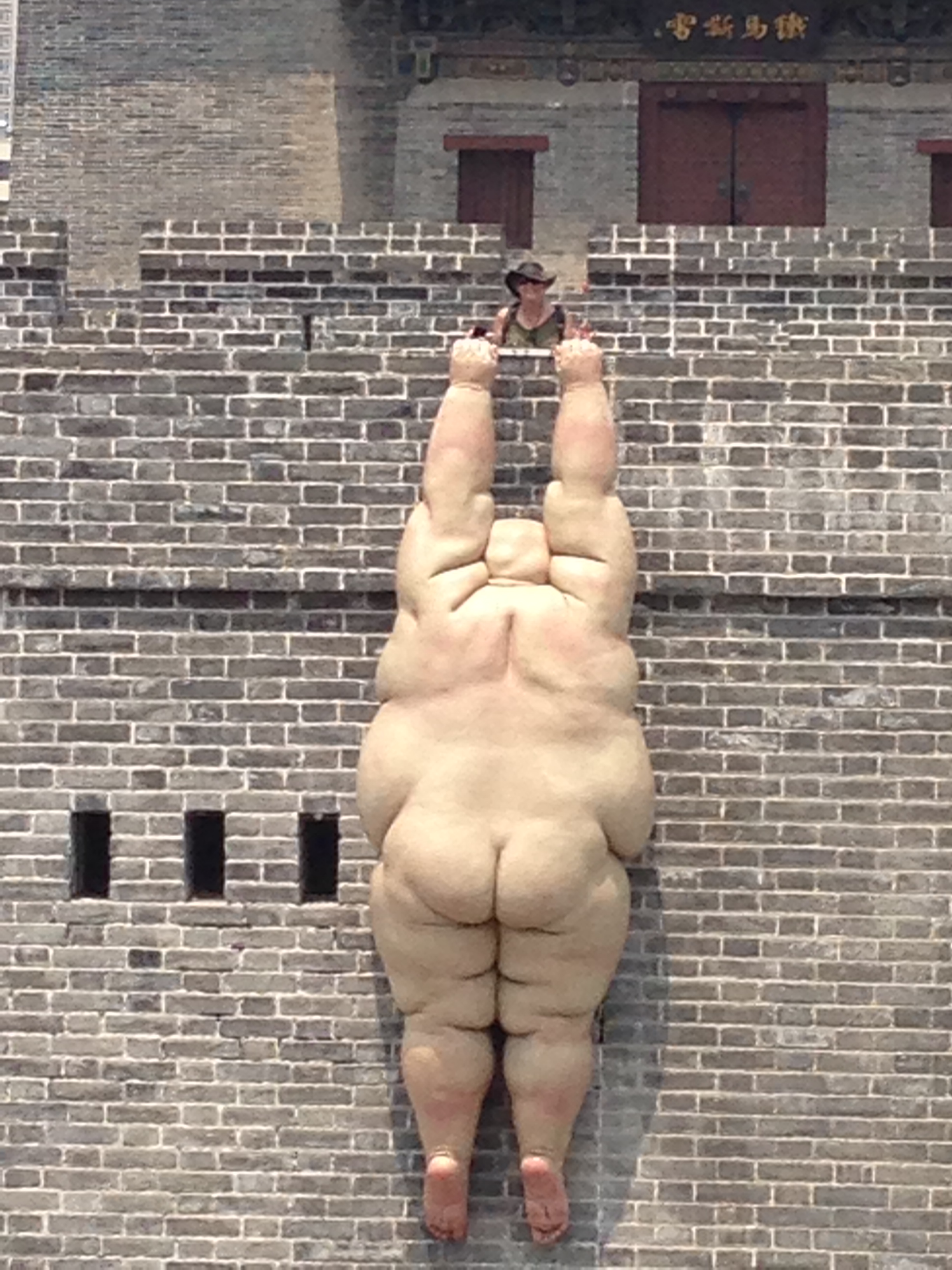
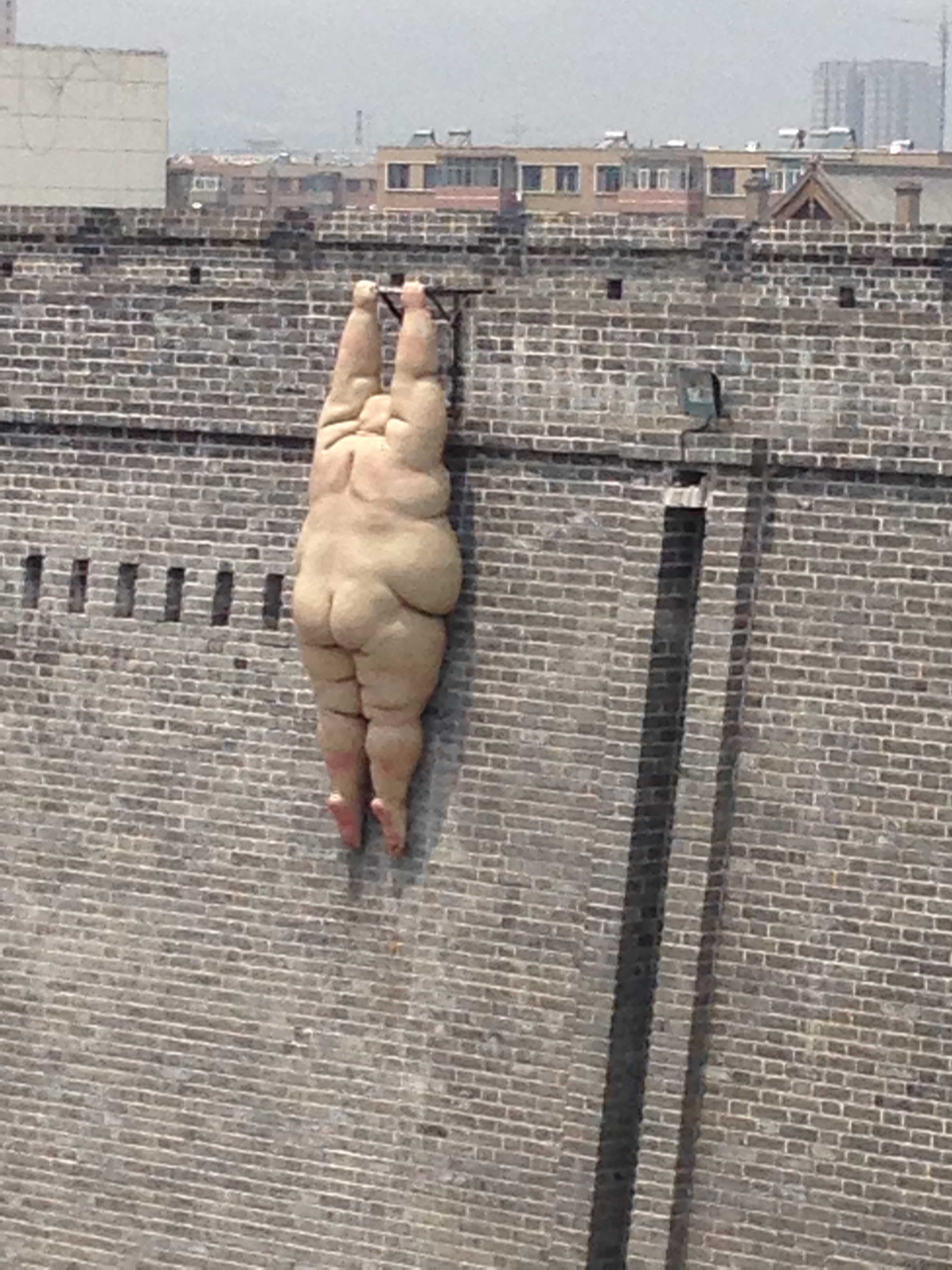 The sculpture museum was not open yet but as we turned the corner we could see down into one of the courtyards and see some of the likely additions to the museum. In reality…we both saw the same sculpture and laughed outright. Obviously this was done by a person with a sense of humour…but the sculpture of a 10 metre obese naked person clinging from the wall broke us both up. To get a sense of scale as to just how big this thing was… Jill headed to the other side of the wall and stood above the hands…if you blow it up and zoom you can get a fair idea of just what we were confronted with. I know that this comment will hurt me later but…Jill’s the one in the hat.
The sculpture museum was not open yet but as we turned the corner we could see down into one of the courtyards and see some of the likely additions to the museum. In reality…we both saw the same sculpture and laughed outright. Obviously this was done by a person with a sense of humour…but the sculpture of a 10 metre obese naked person clinging from the wall broke us both up. To get a sense of scale as to just how big this thing was… Jill headed to the other side of the wall and stood above the hands…if you blow it up and zoom you can get a fair idea of just what we were confronted with. I know that this comment will hurt me later but…Jill’s the one in the hat.
The city walls were originally made of mud/clay…and in parts, remnants of this still remain…but what has been built over the top of the original wall is a magnificent (if fake) city wall. It is fake…but it is also really impressive. The new wall is the width of a 3 lane road and is 14 metres tall with towers and pagodas dotted along is length. From atop the wall you get great views over the renovated and un-renovated sections of the inner city. You can look down on the temples and pagodas and the renovation that is well underway. We hiked this wall for about 2 hrs in an attempt to do a lap before we found that the final section was not complete and we had to backtrack about a kilometre to the closest gate and set of stairs down.
Having hiked for about 2.5 hrs in 35 degree heat with no shade we found the first shop and inhaled about 1.5 litres of fluid each…before setting off on the next leg of the exploration. The journey to the next point of interest (the Huayan Monastery) saw us passing the local Chinese car yards which just needed to be photographed. One of these little beauties will set you back between $5-7,000. They even have the police pursuit version.
The Huayan Monastery was original but had recently been given a “facelift”. While not entirely authentic it has been the subject of a really nice renovation and is a beautiful place to kick back. The other key highlight in town was the Nine Dragon Screen which is a 600-year-old screen made of glazed tiles showing nine dragons which is apparently the oldest glazed screen in China. The town actually has a 3 and 5 dragon screens too.
